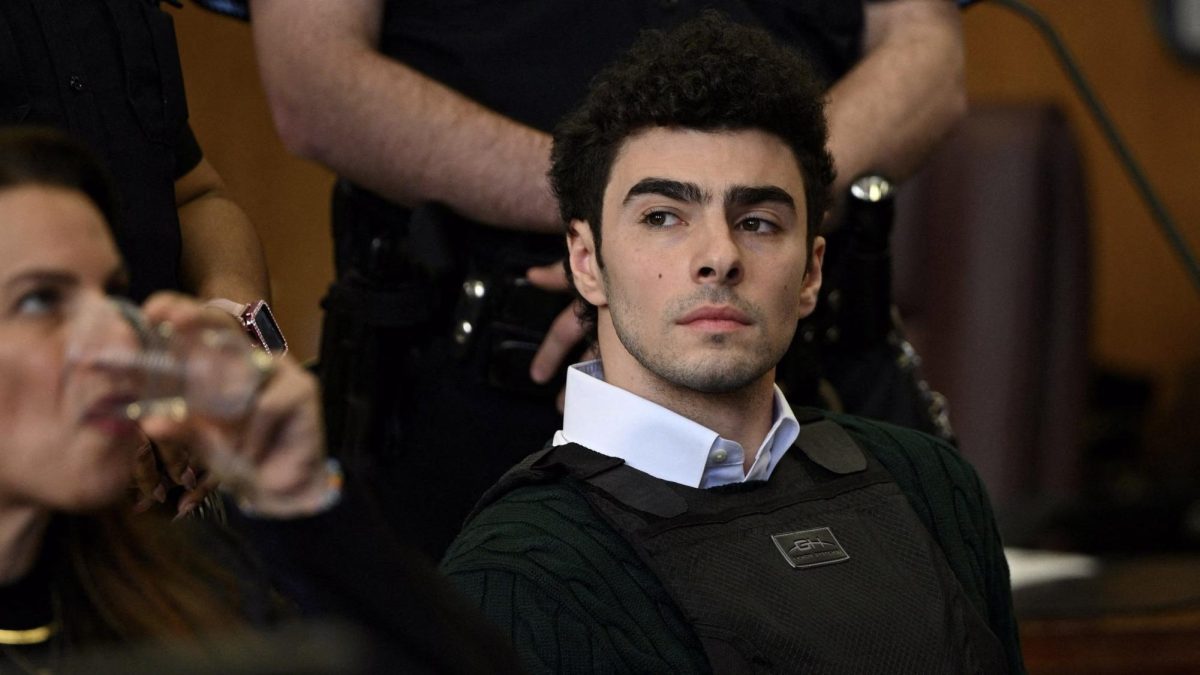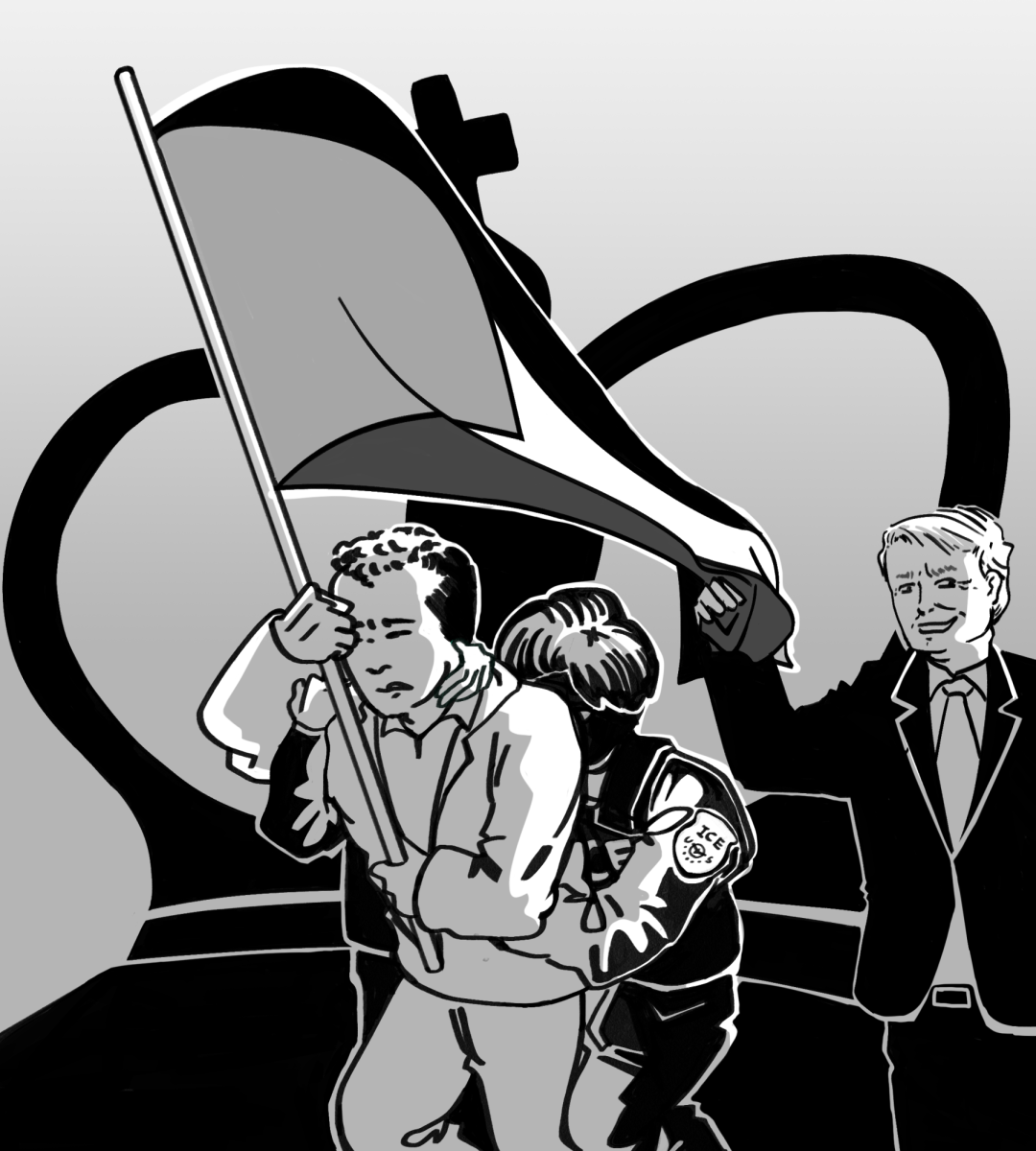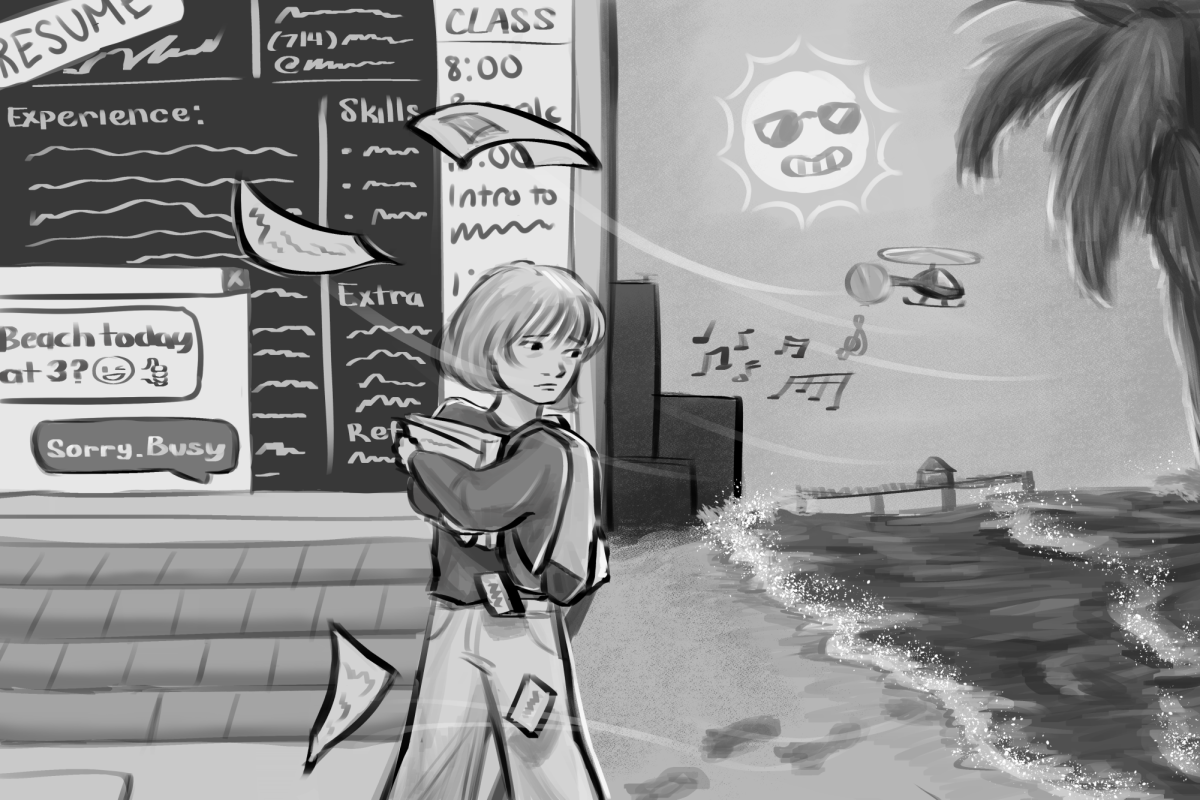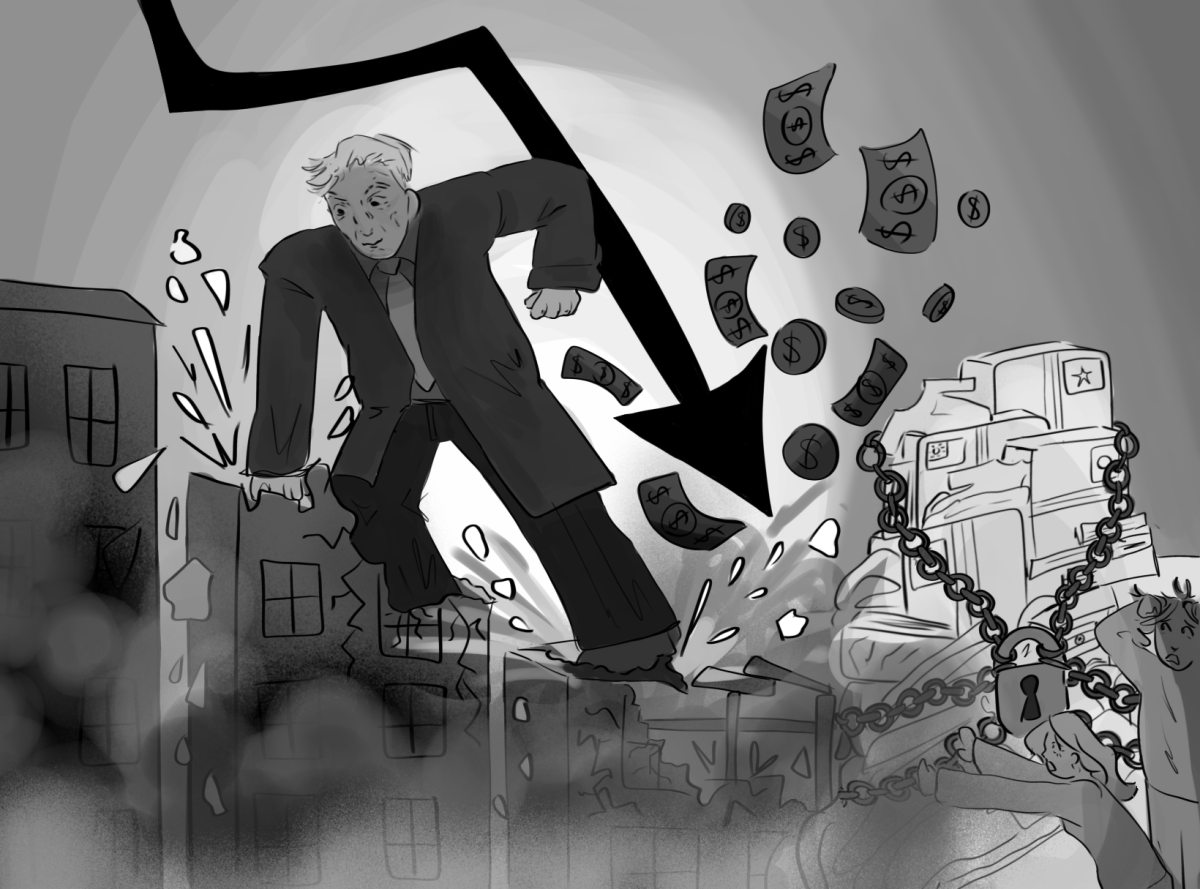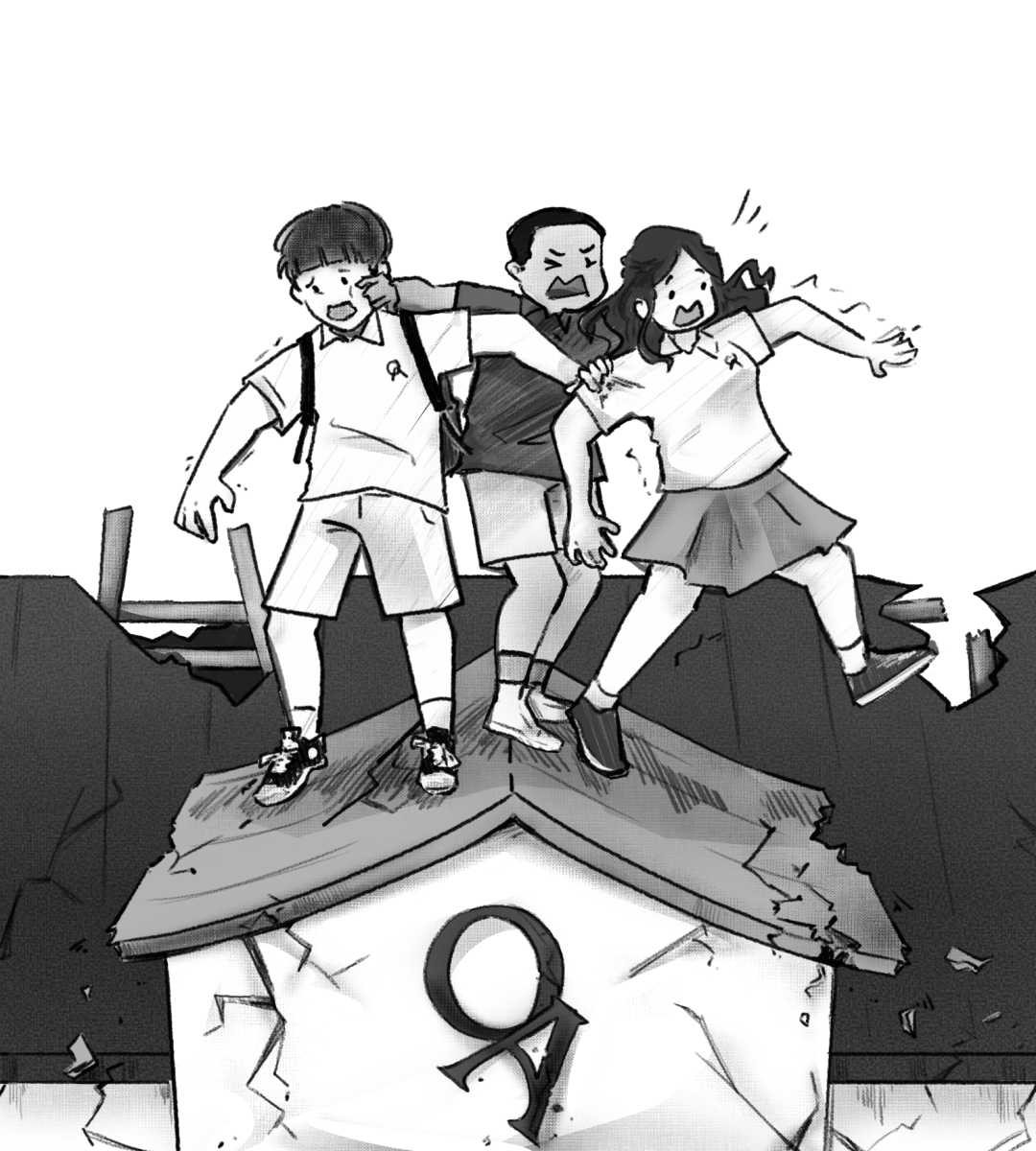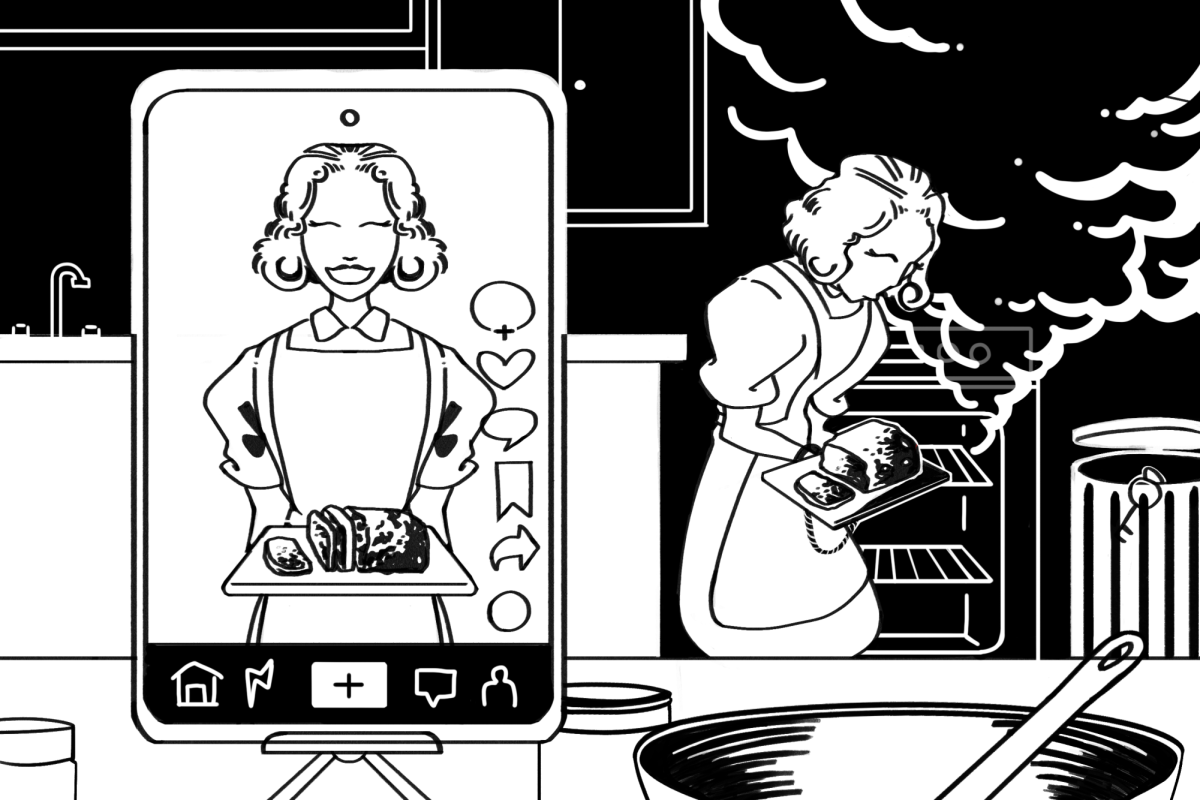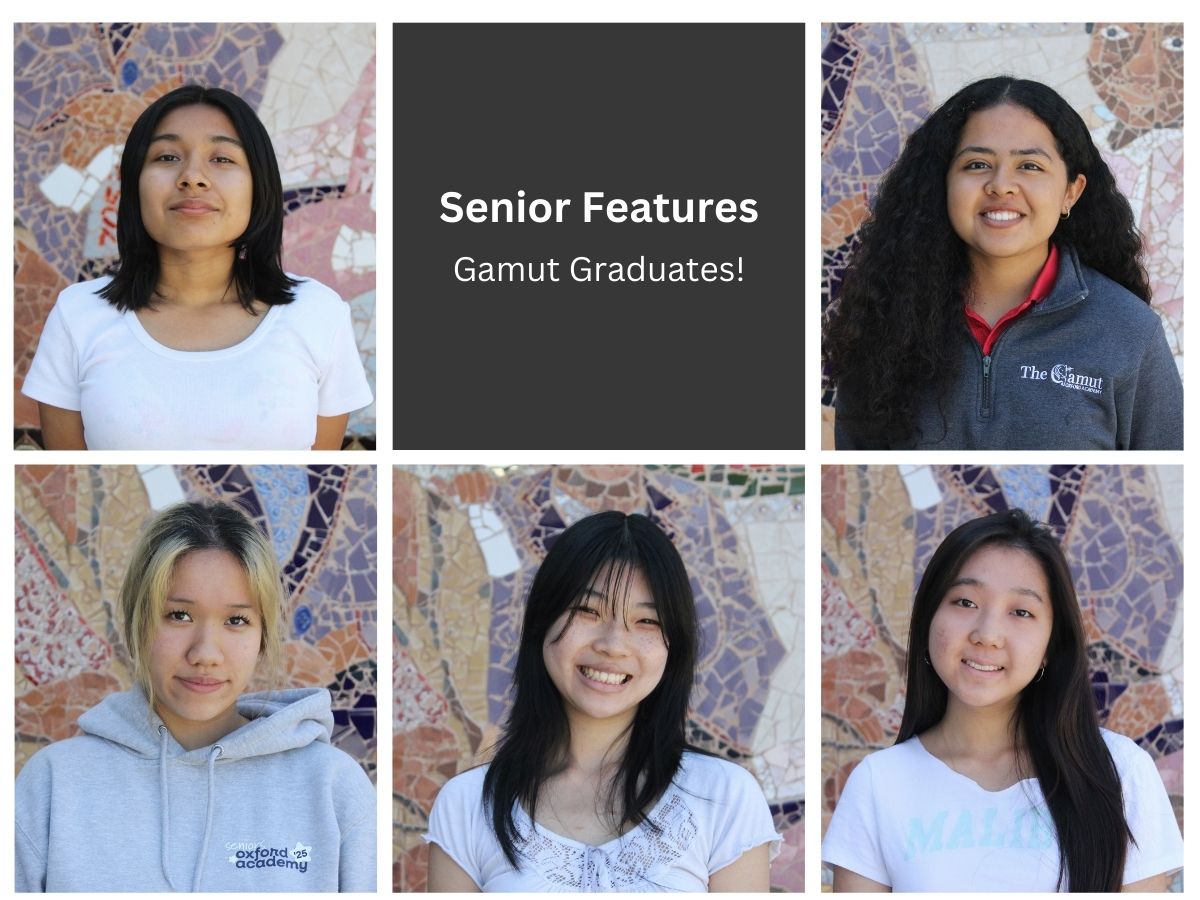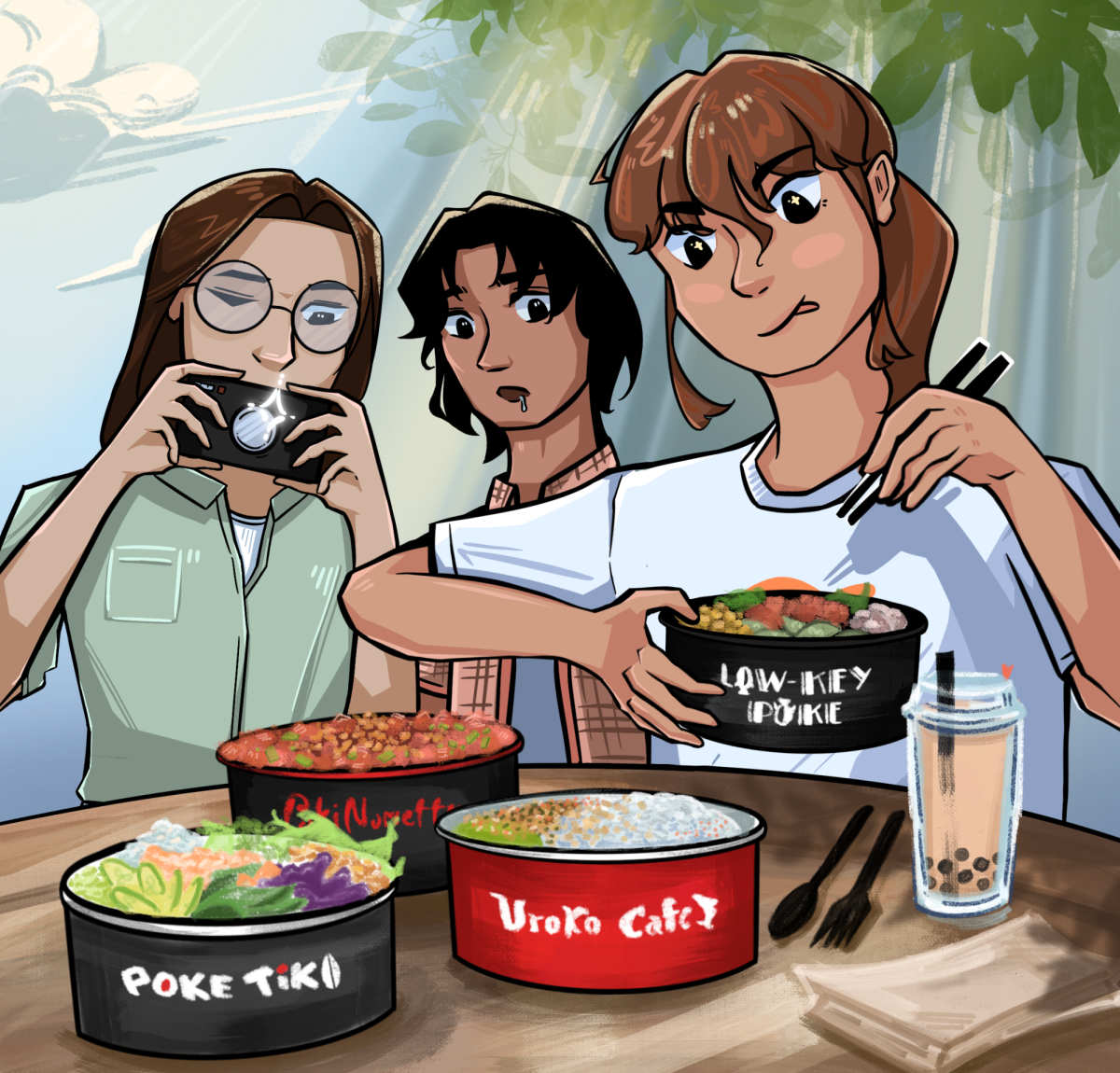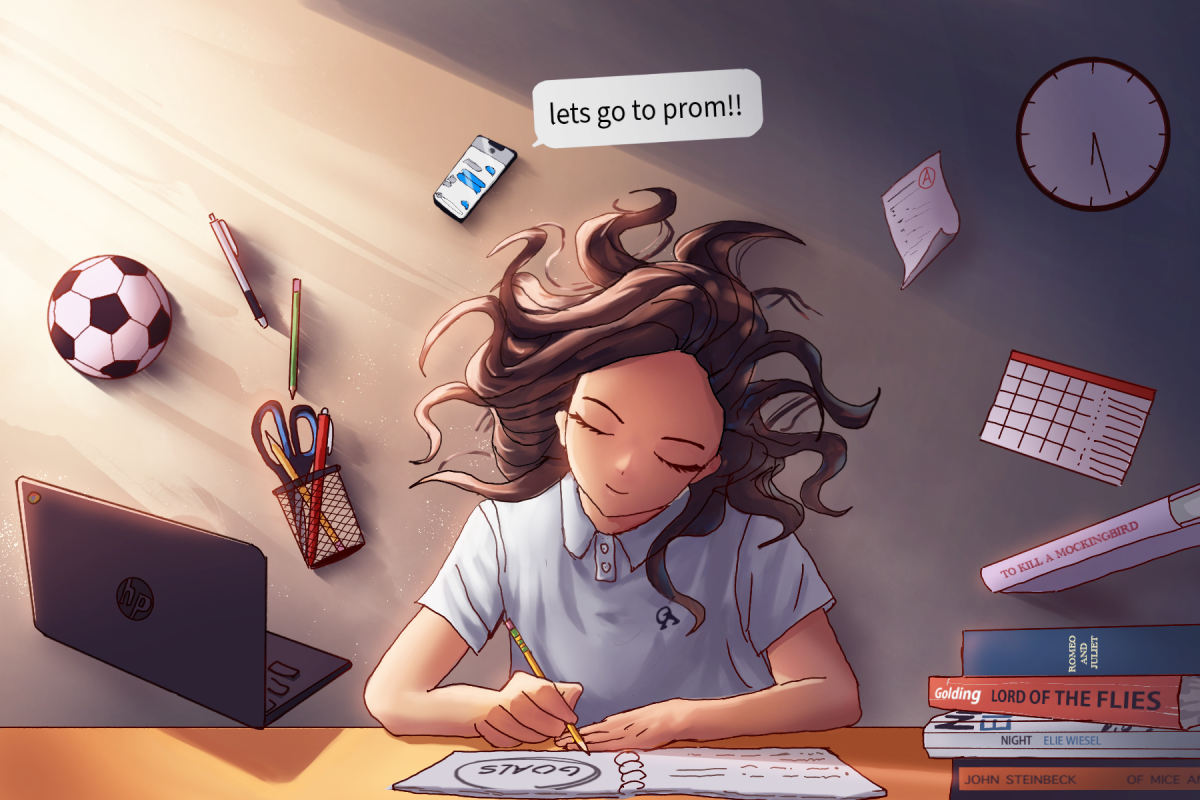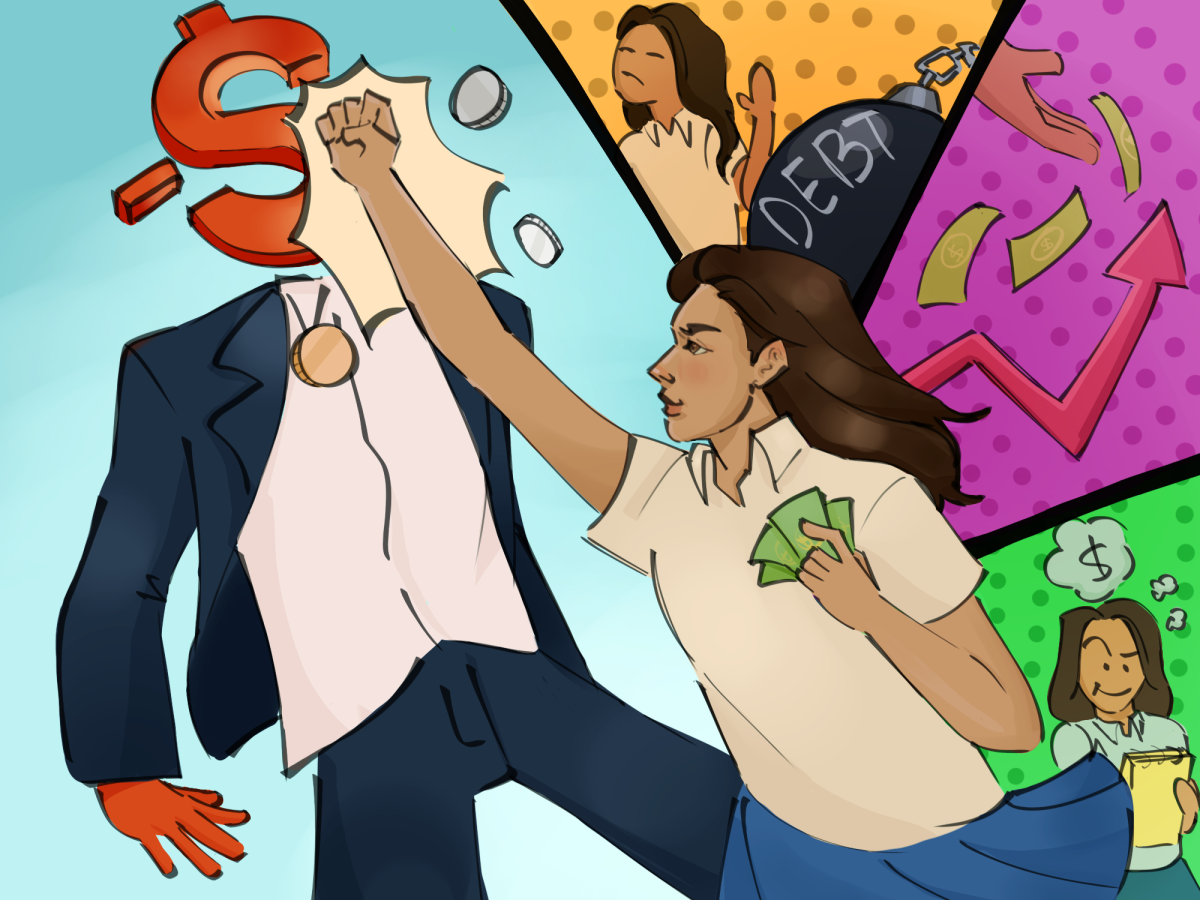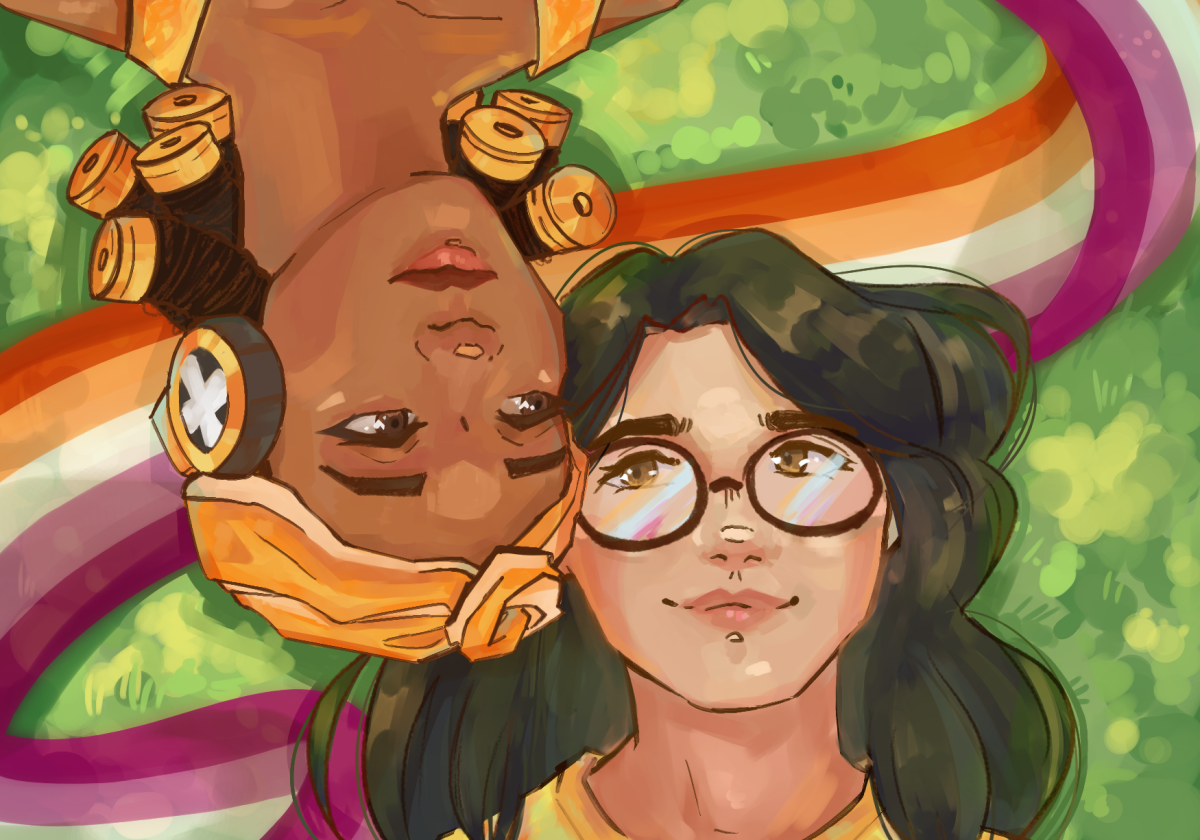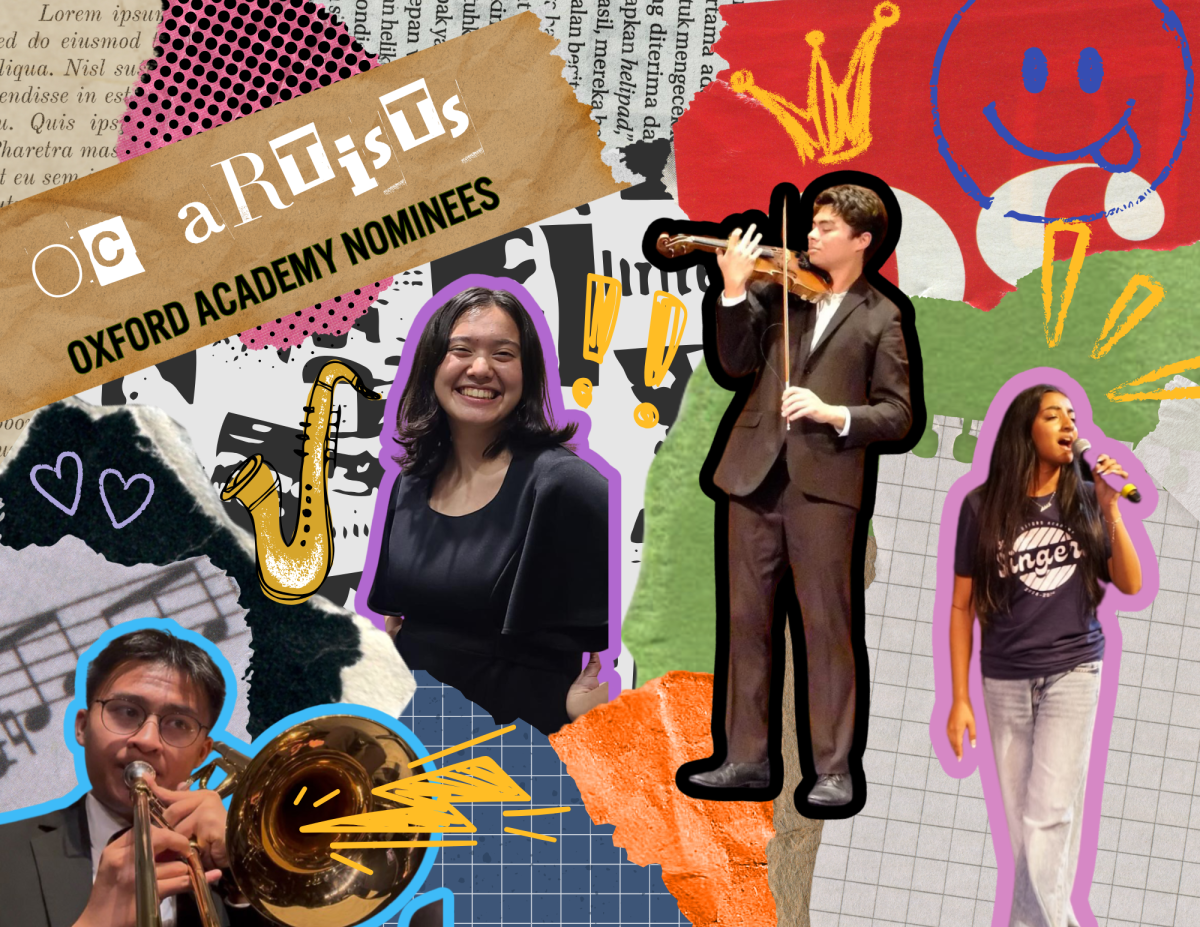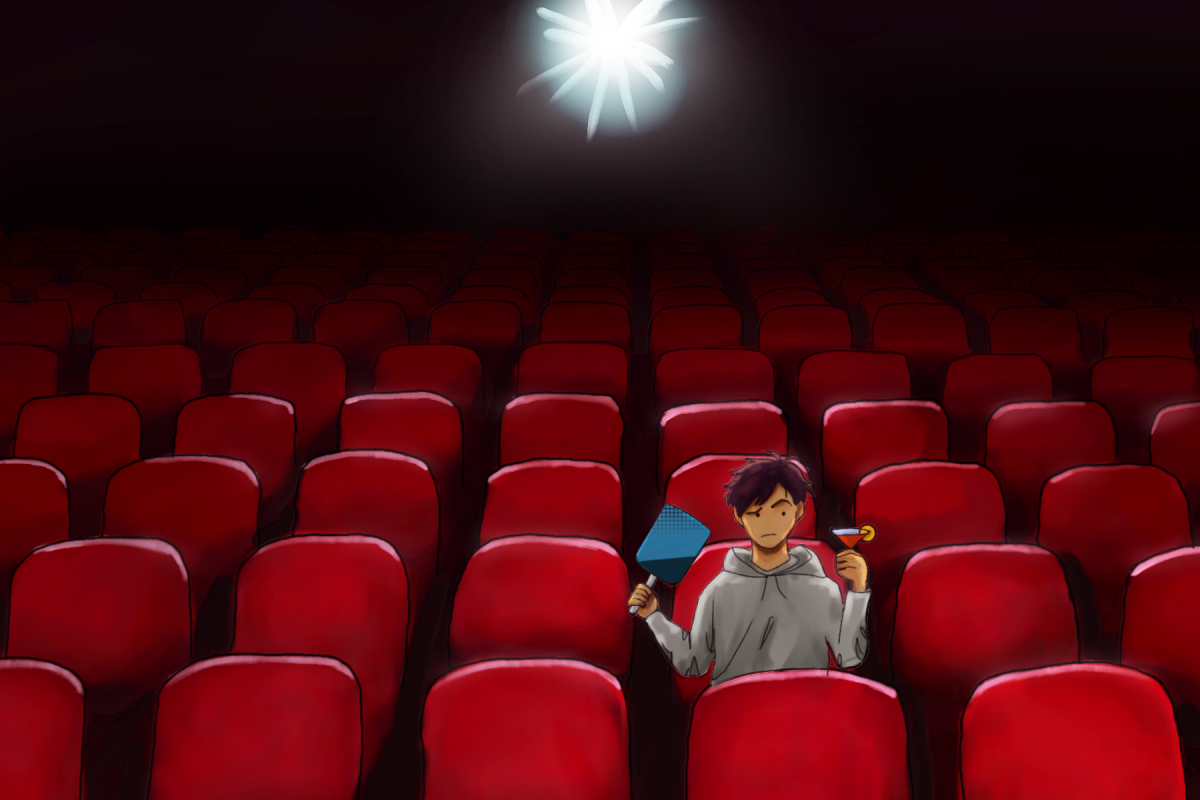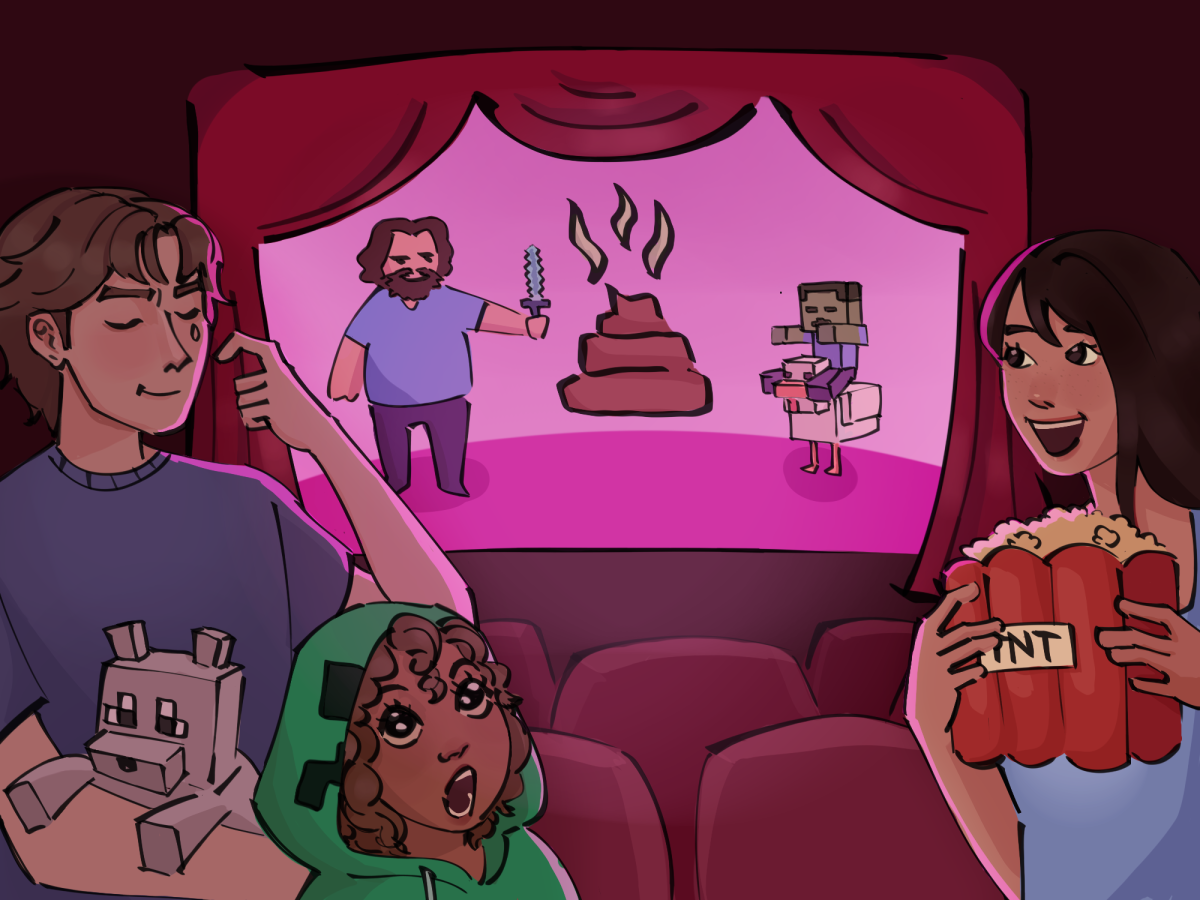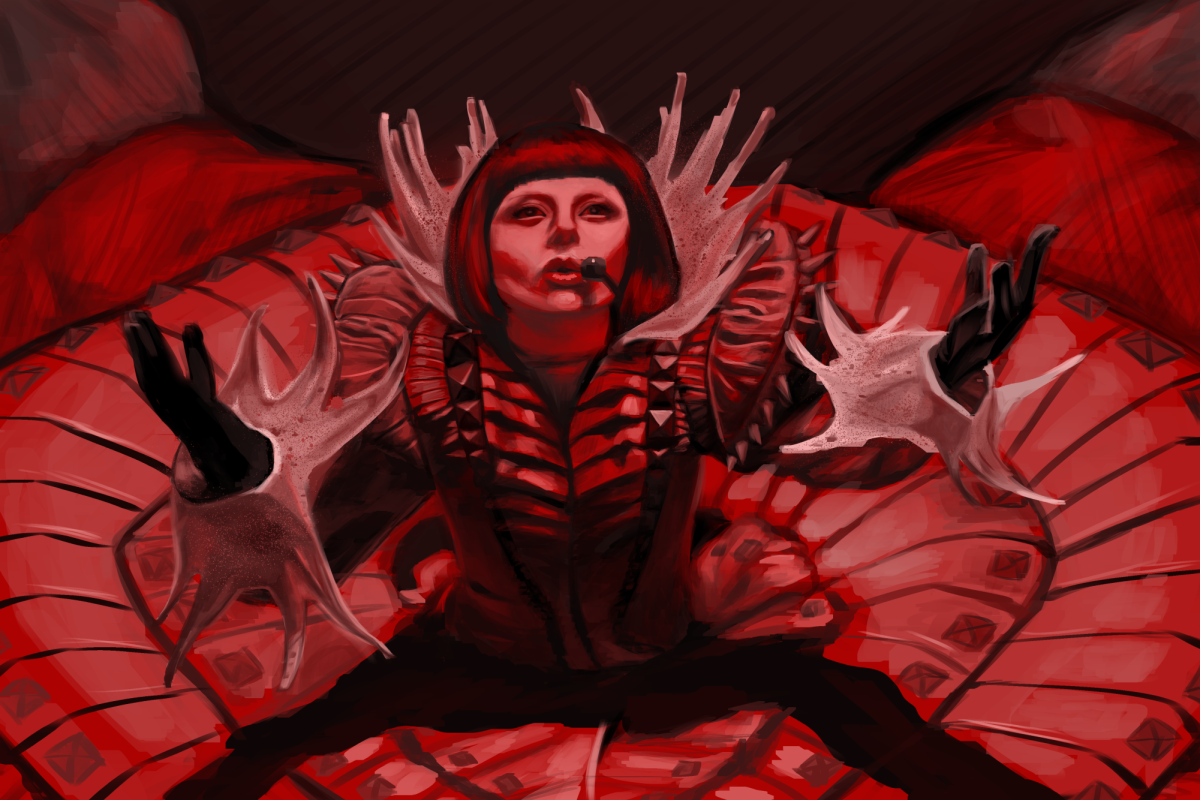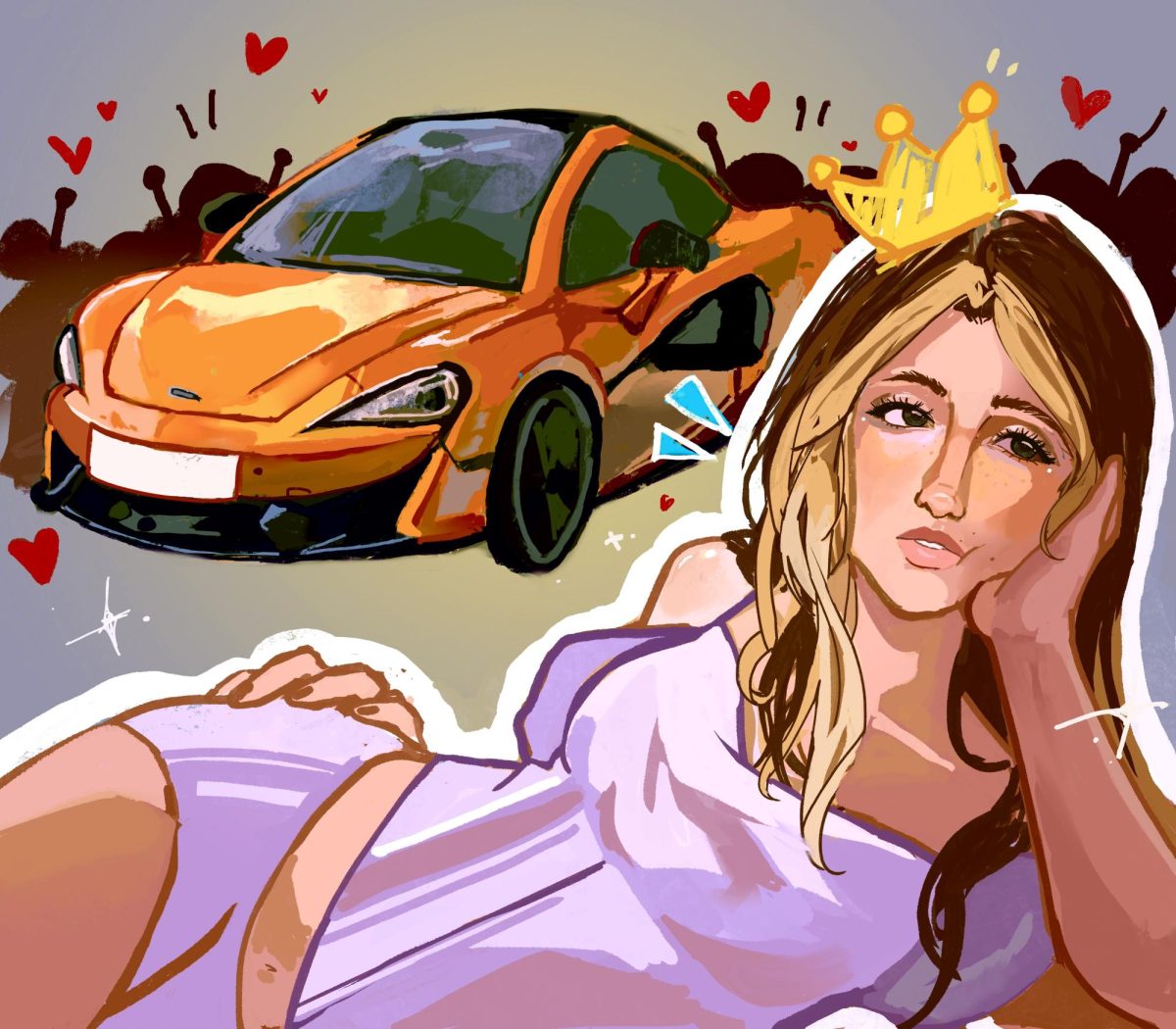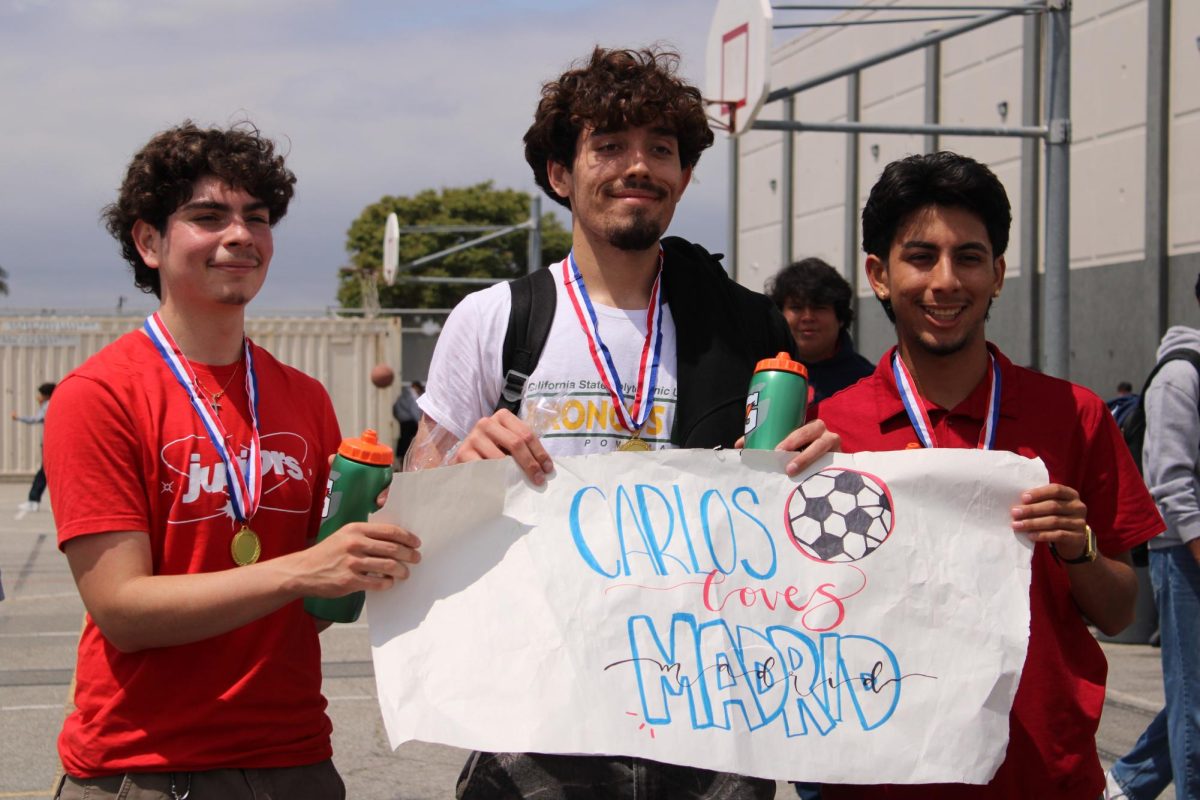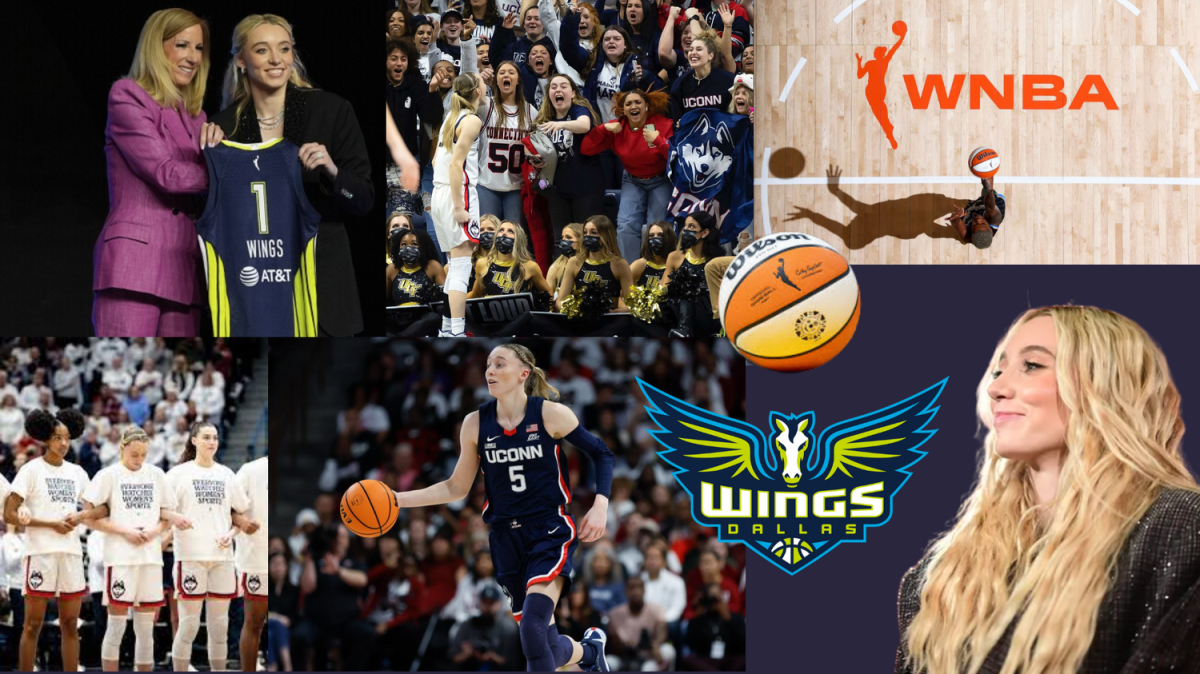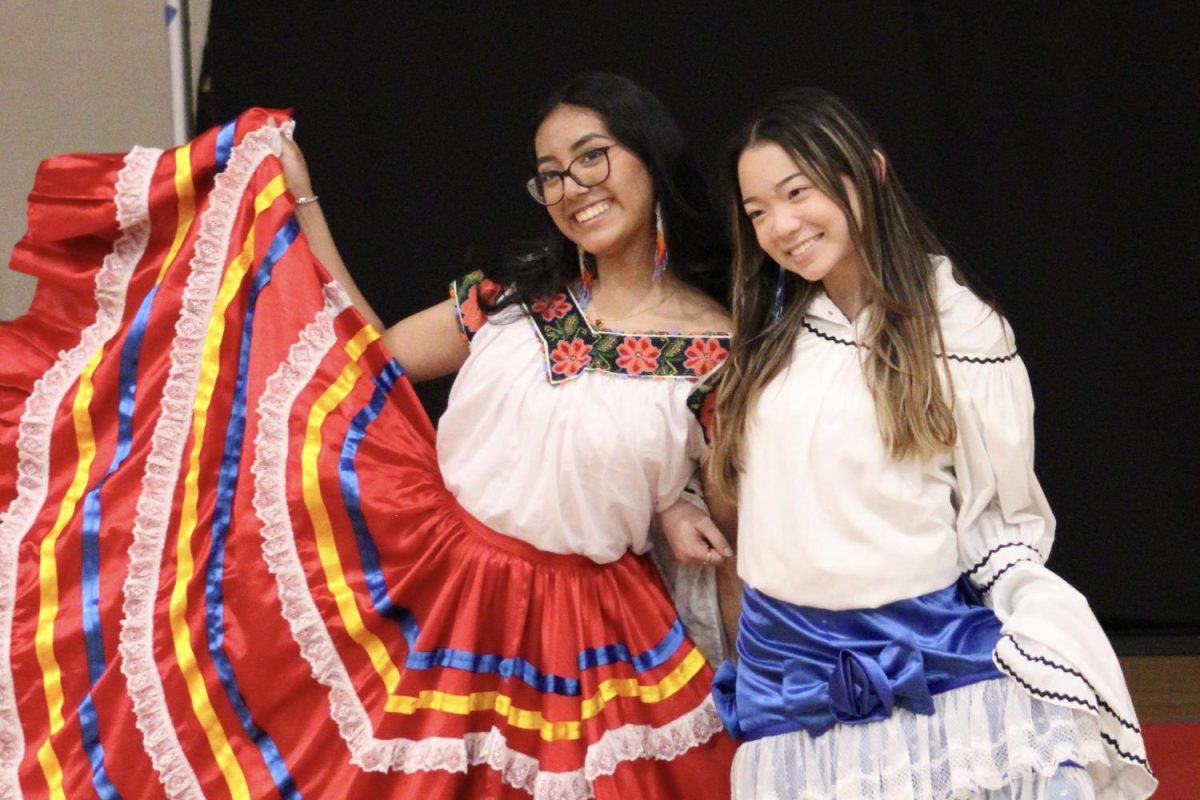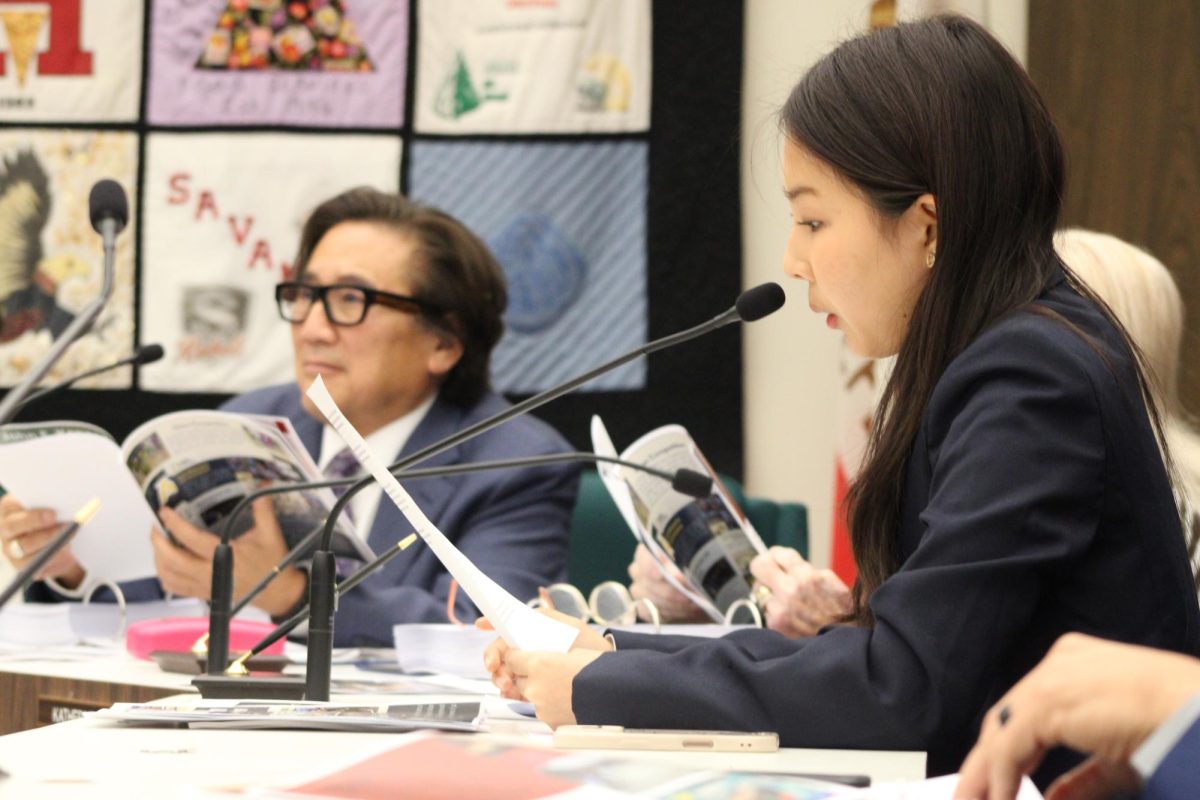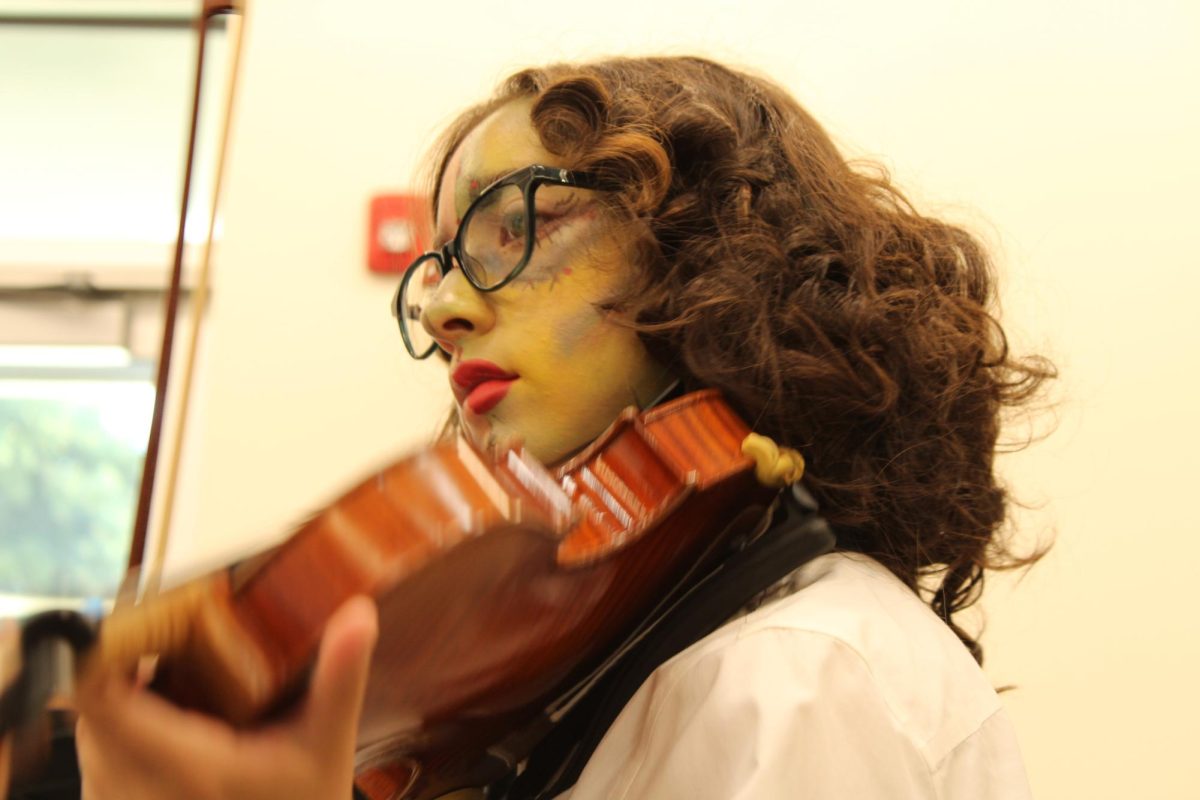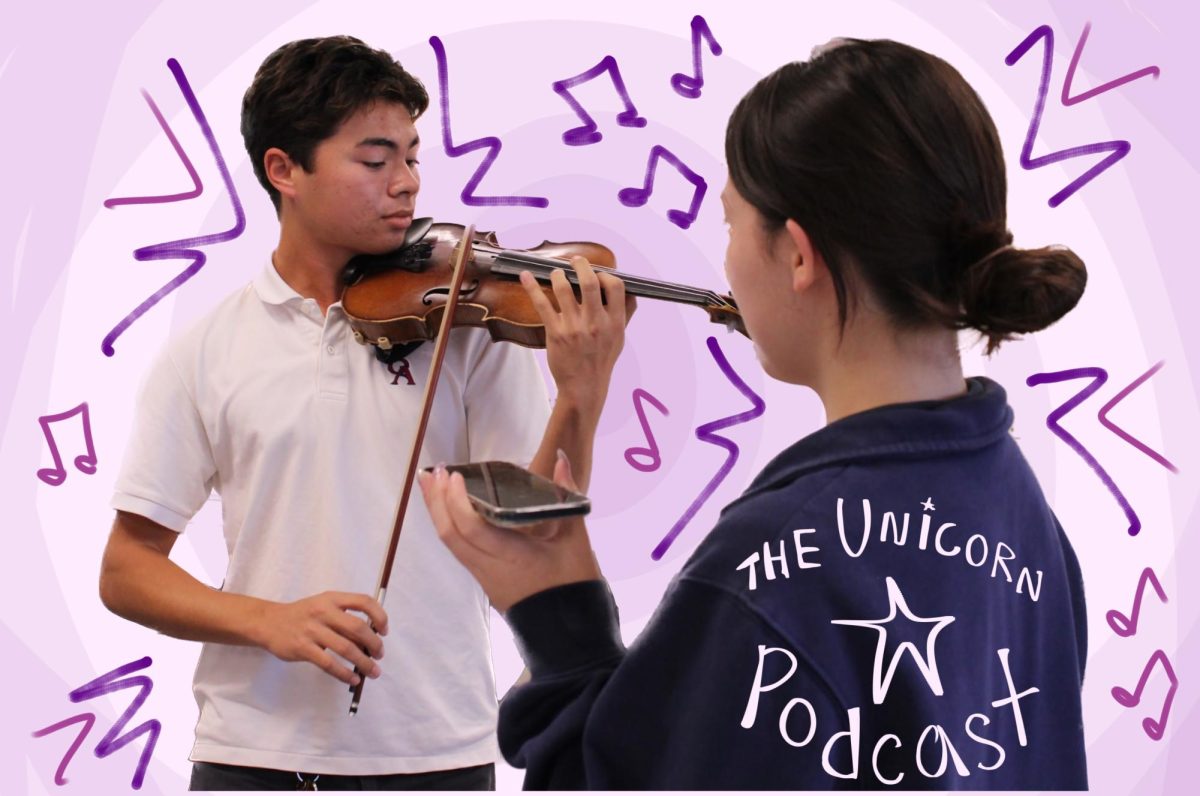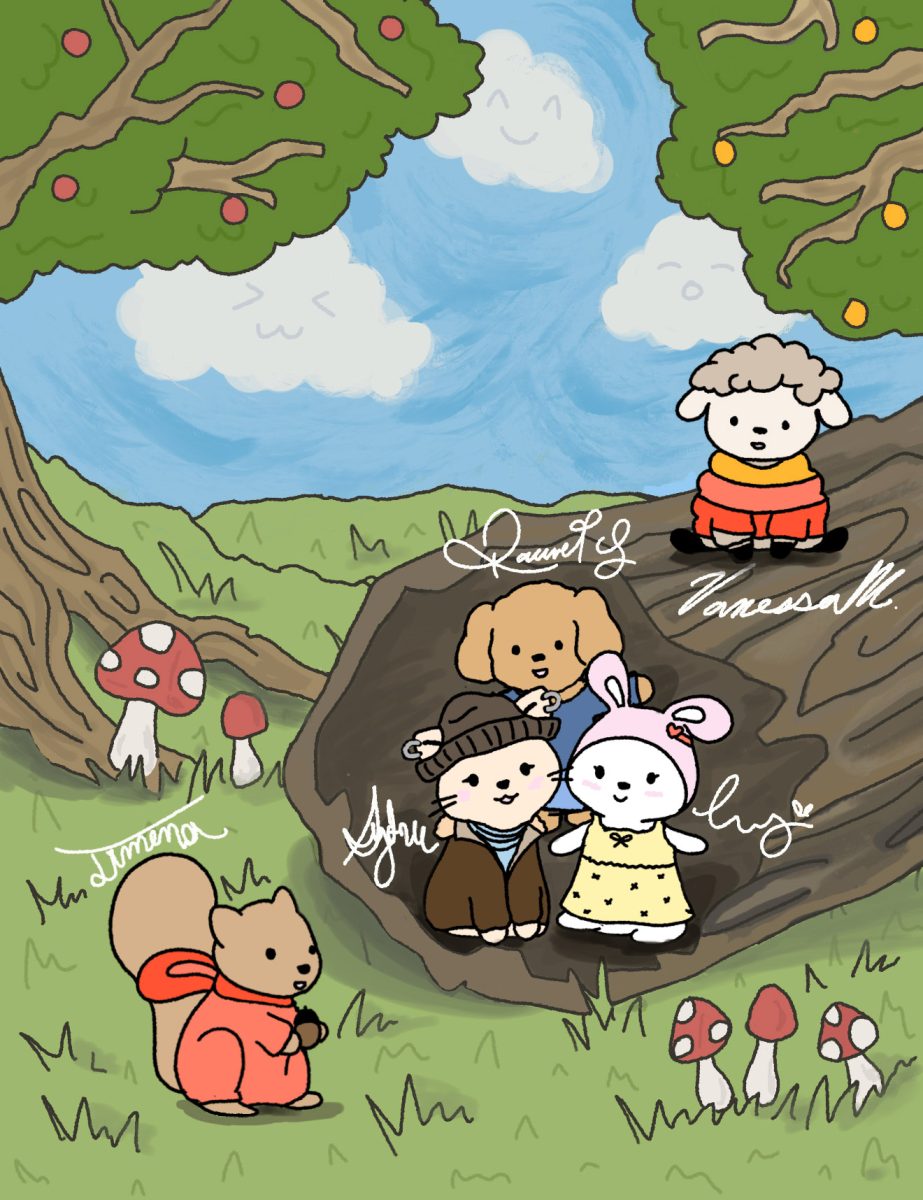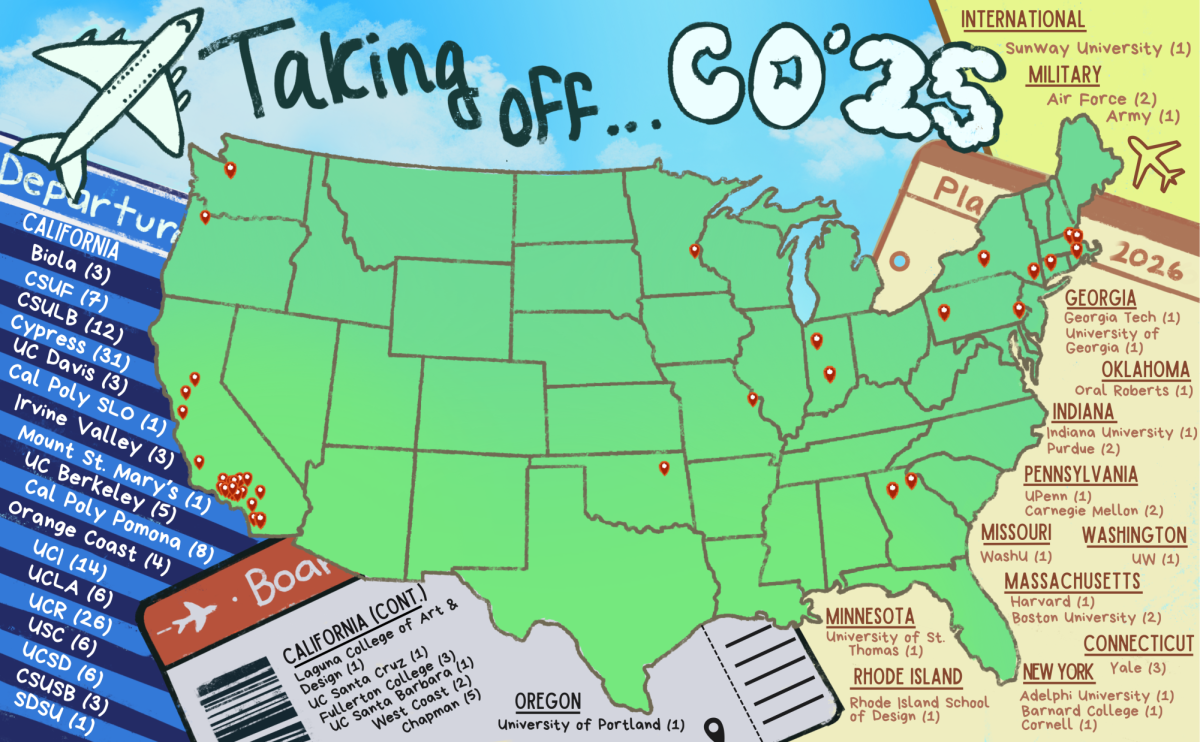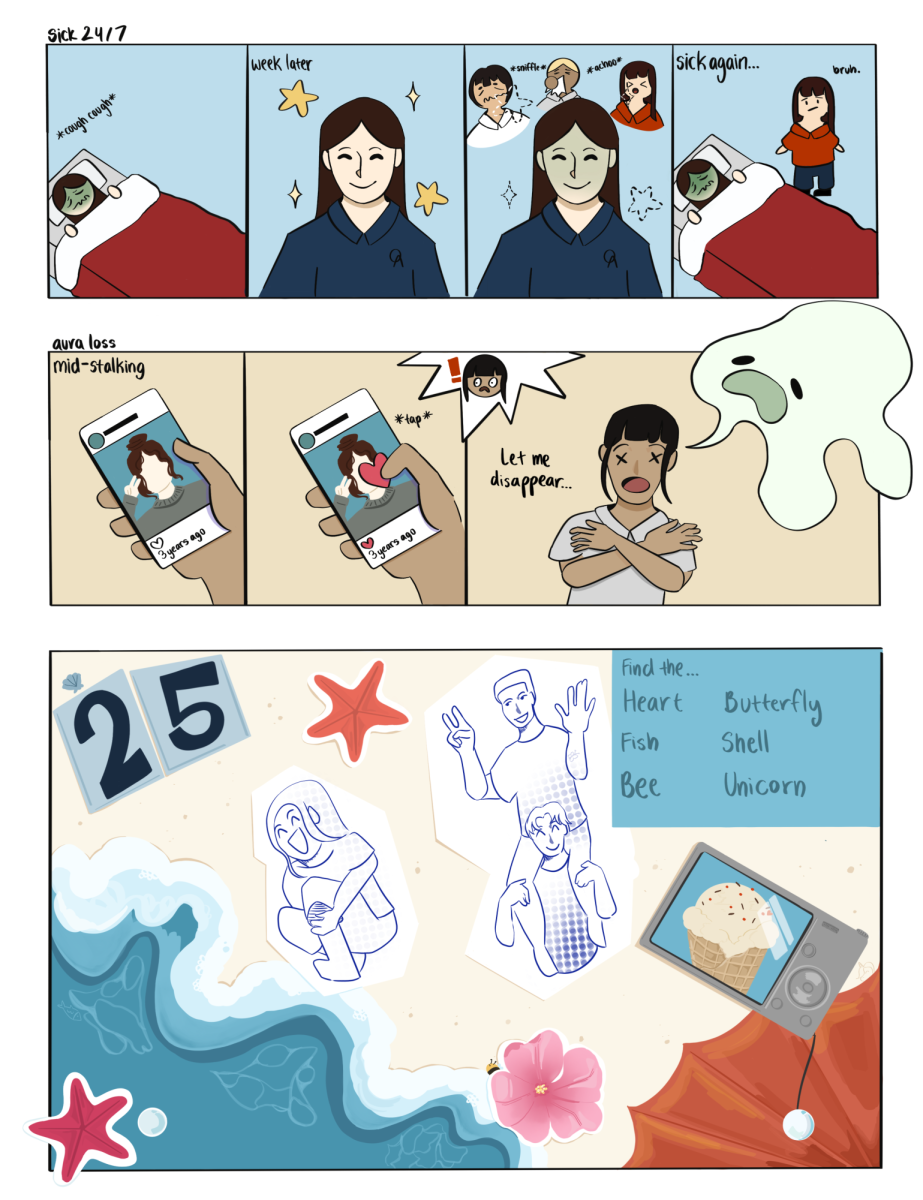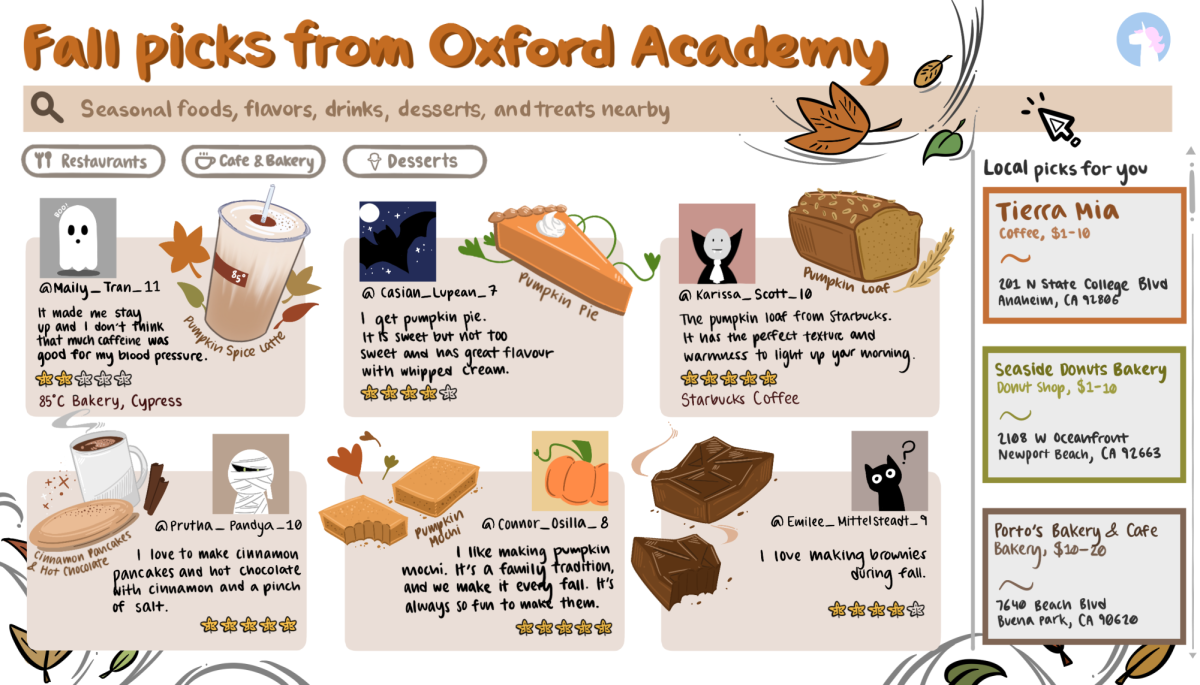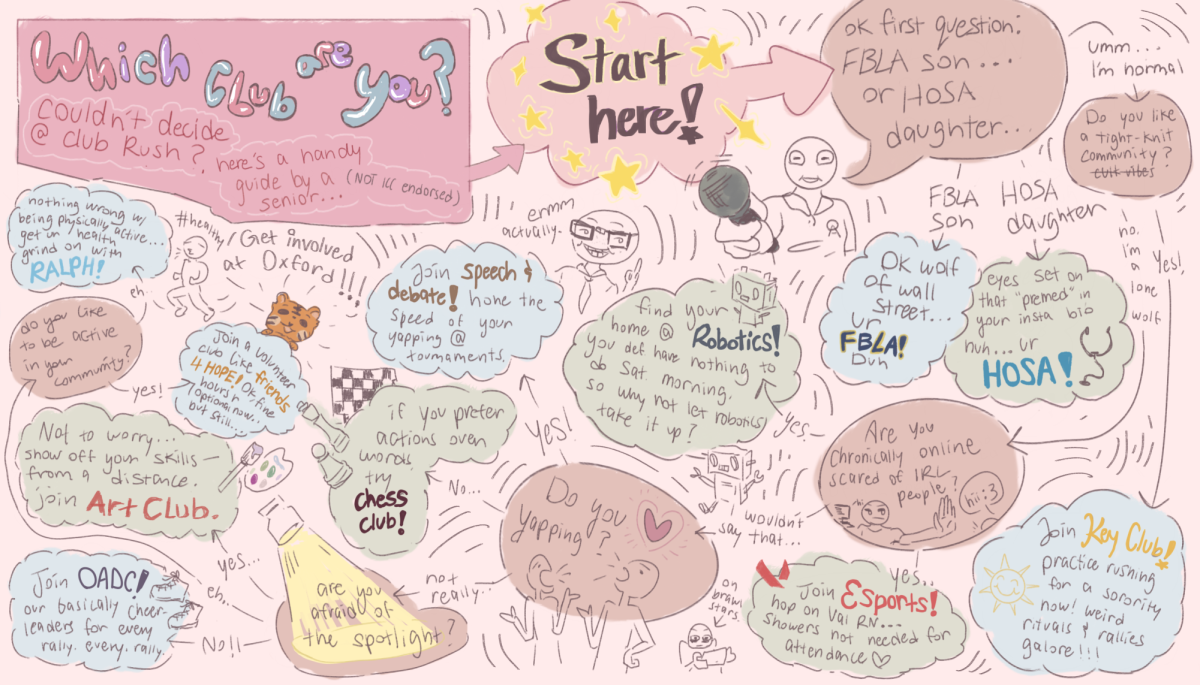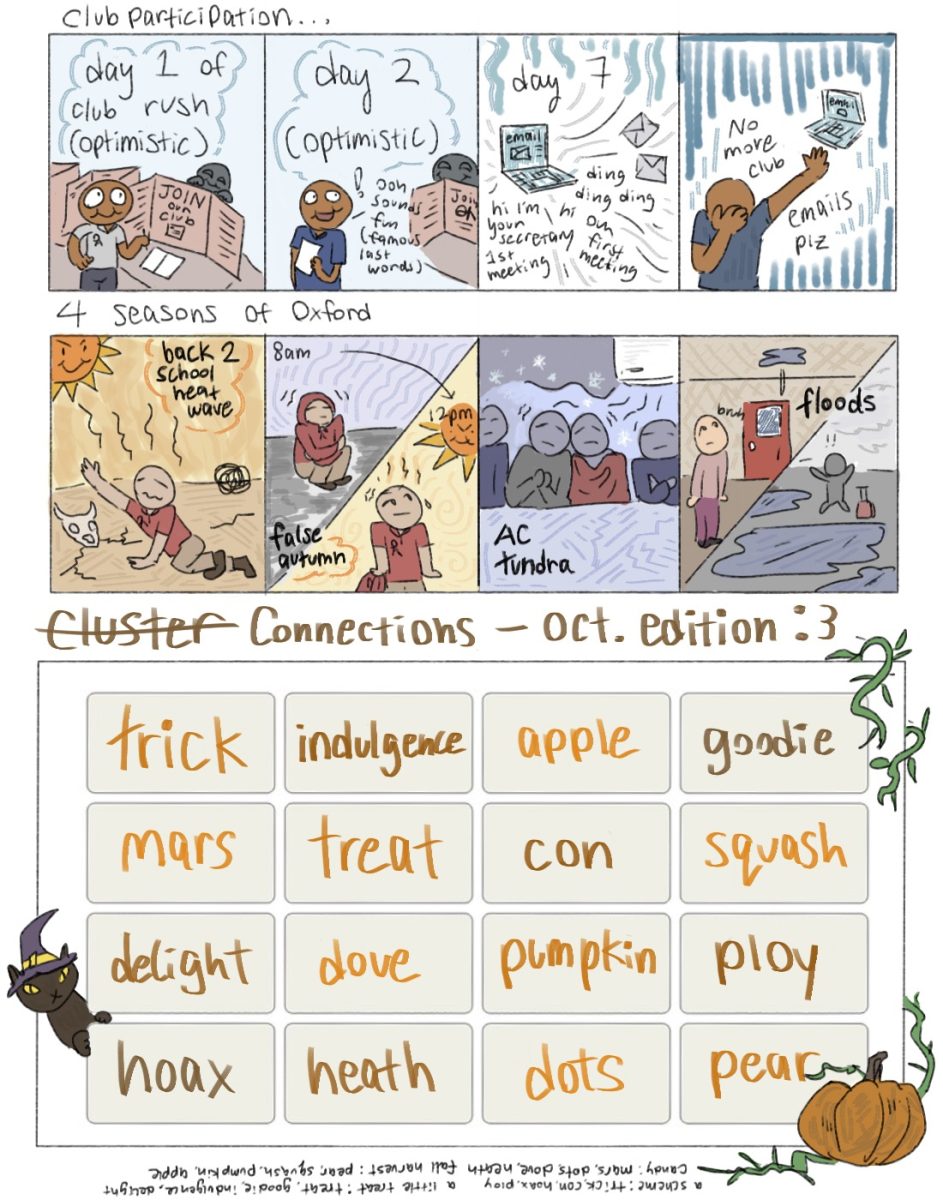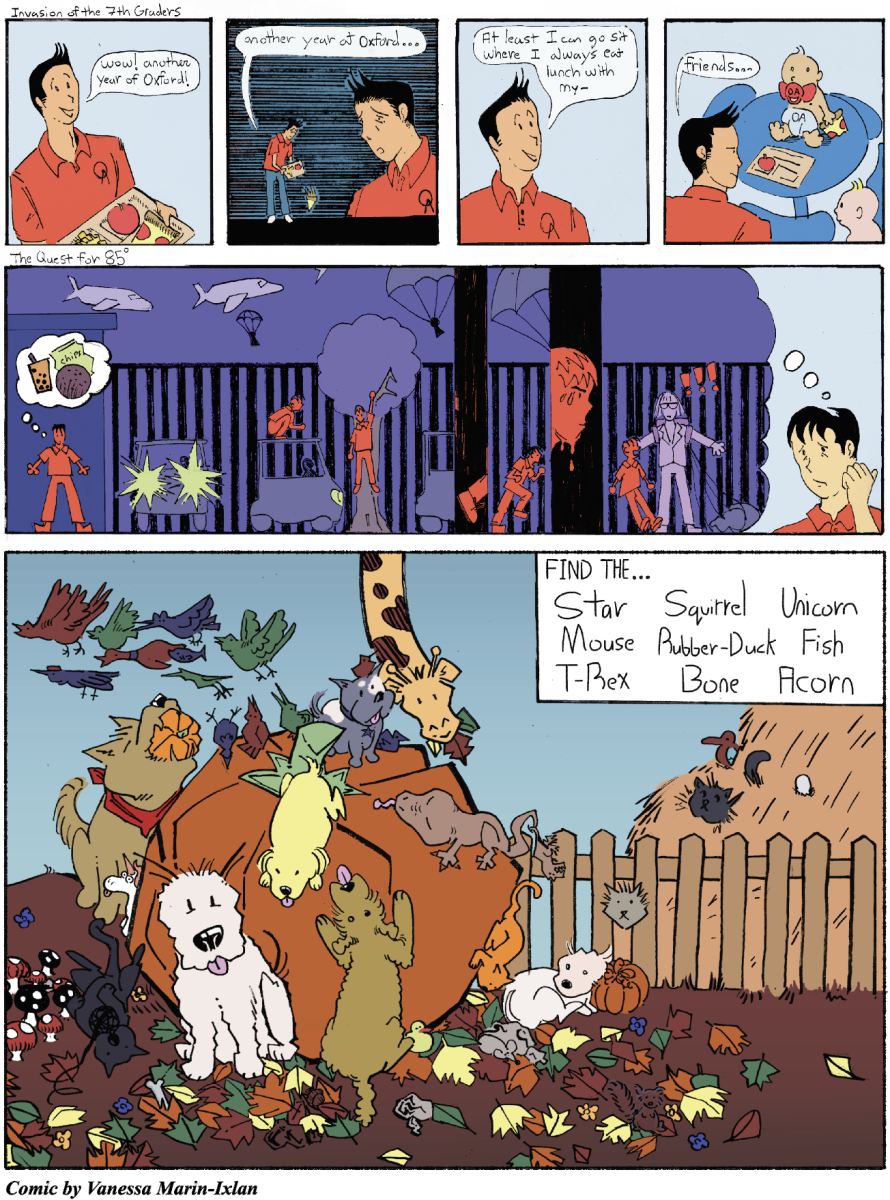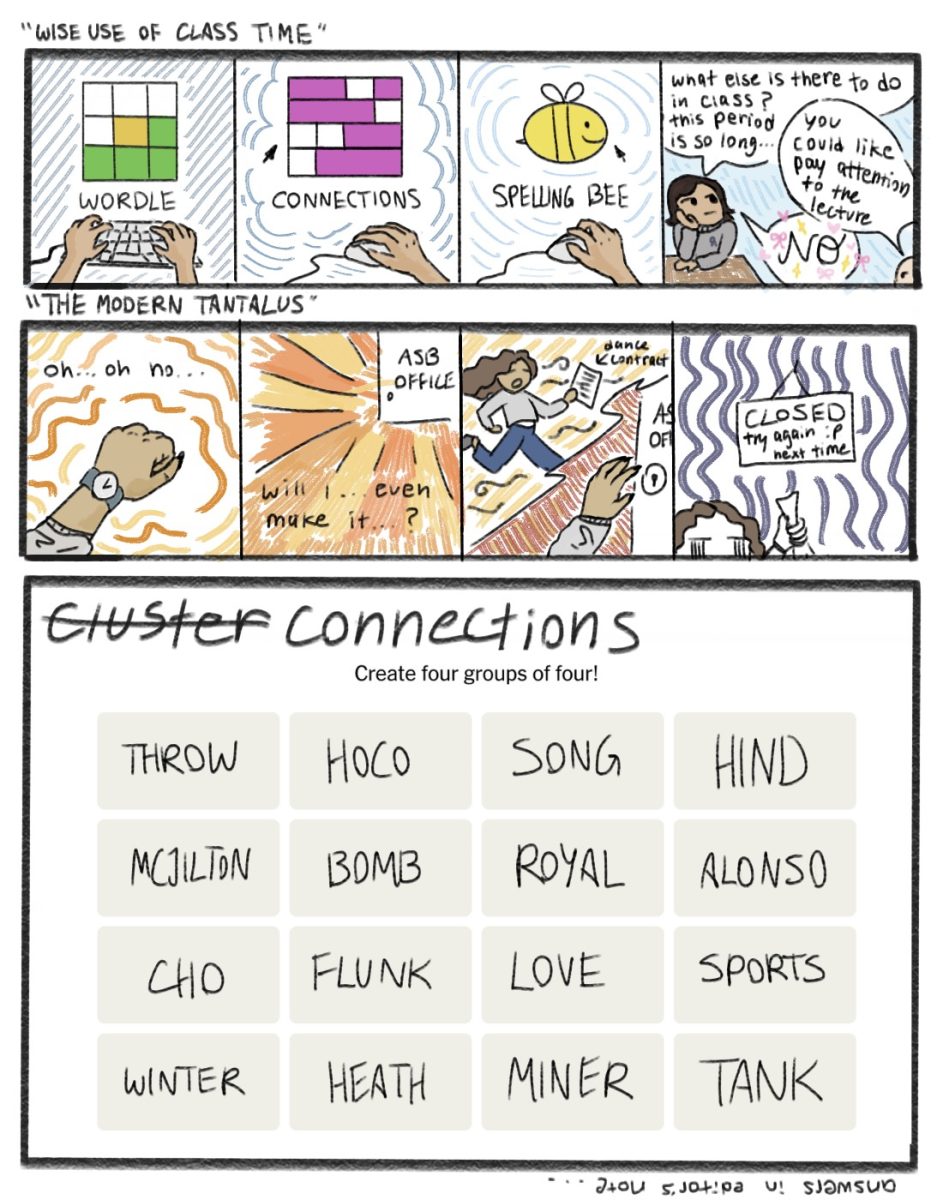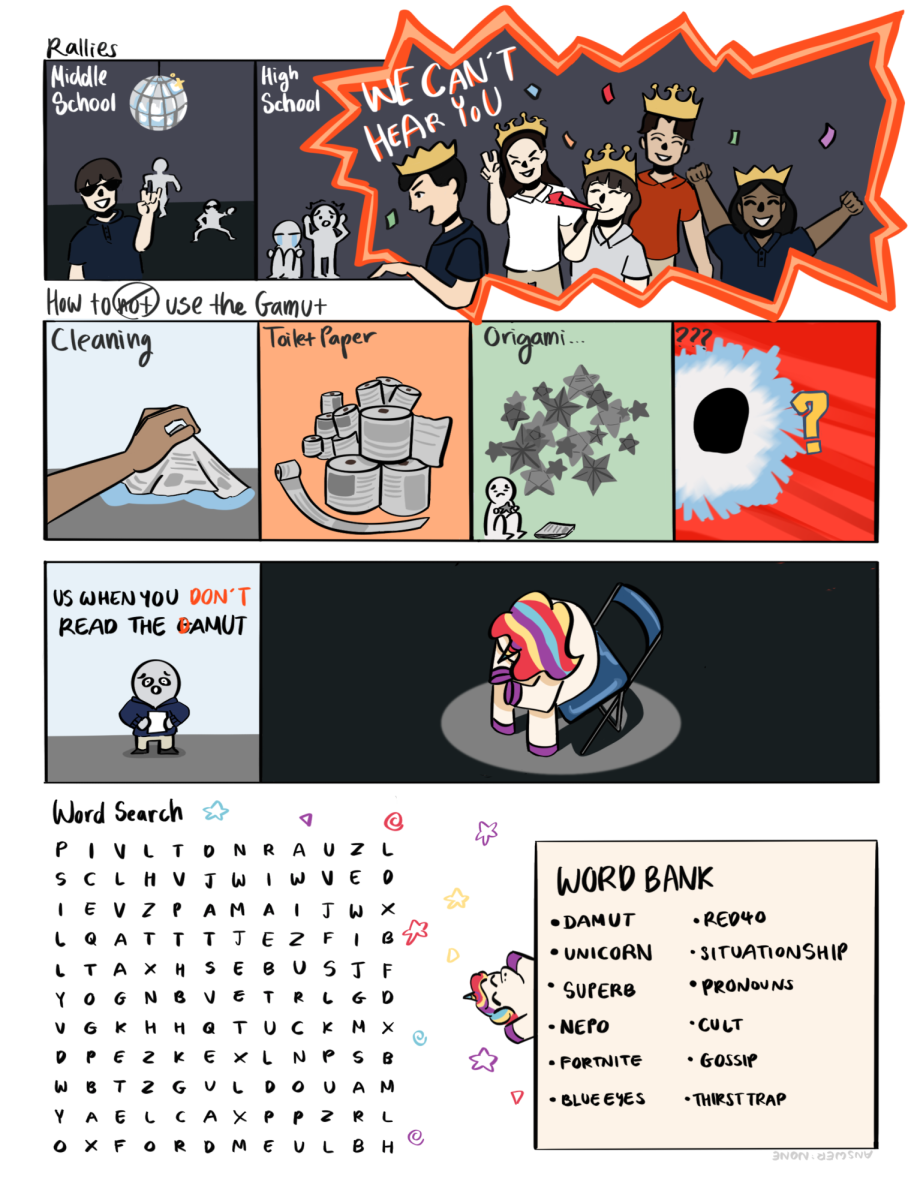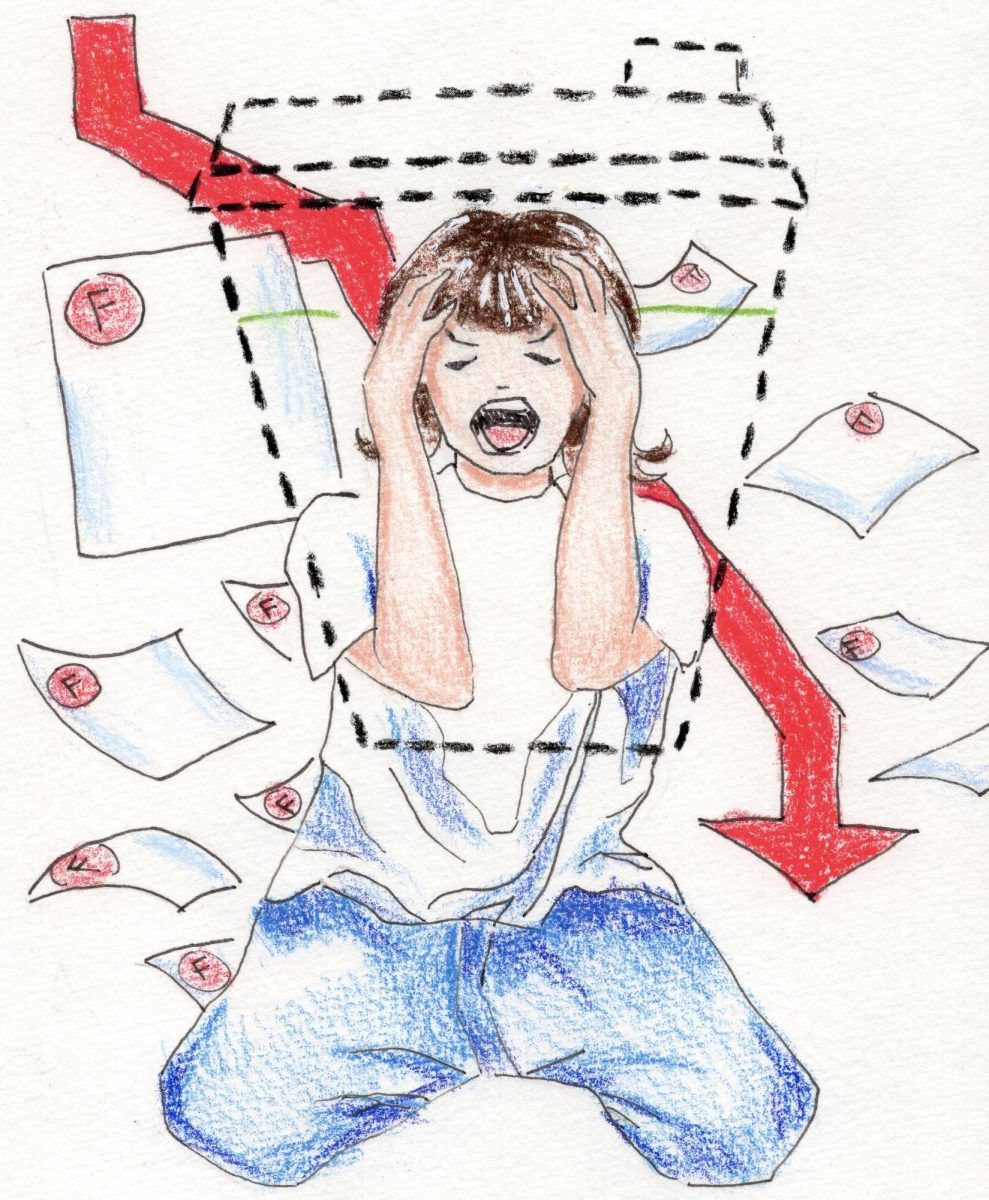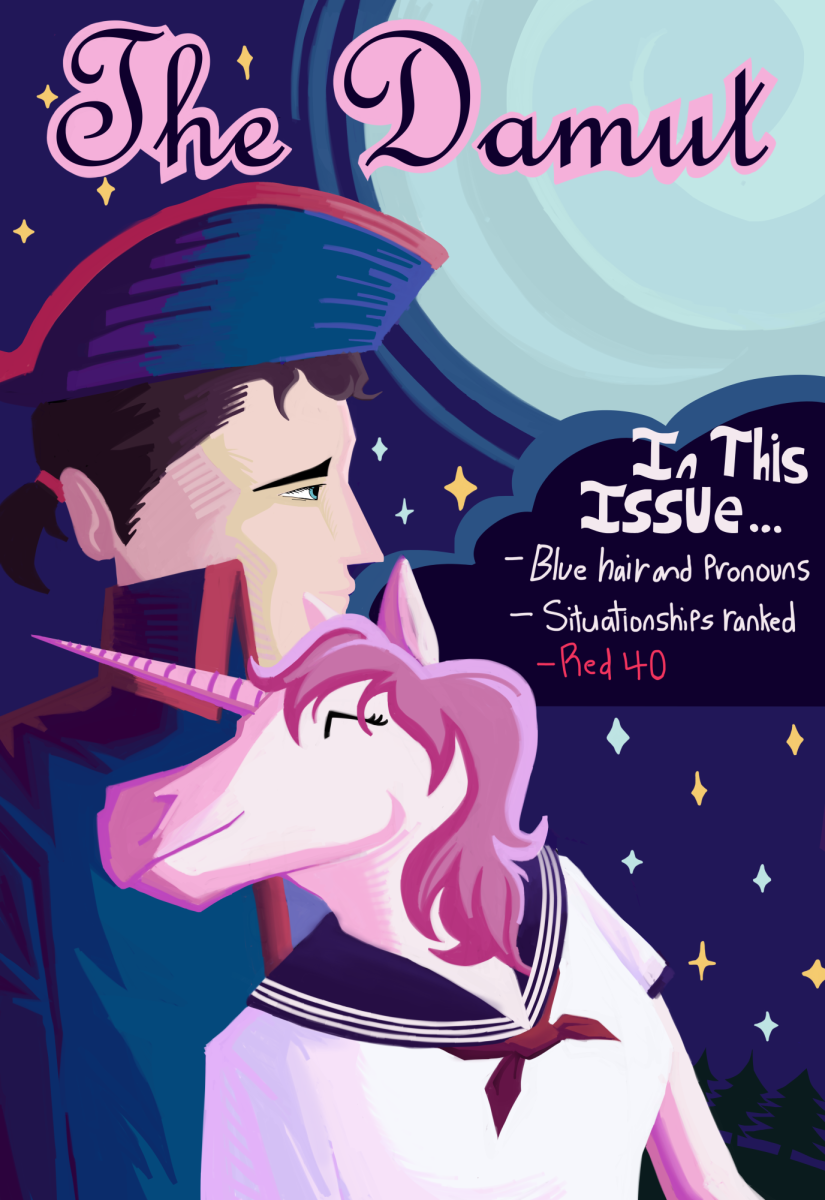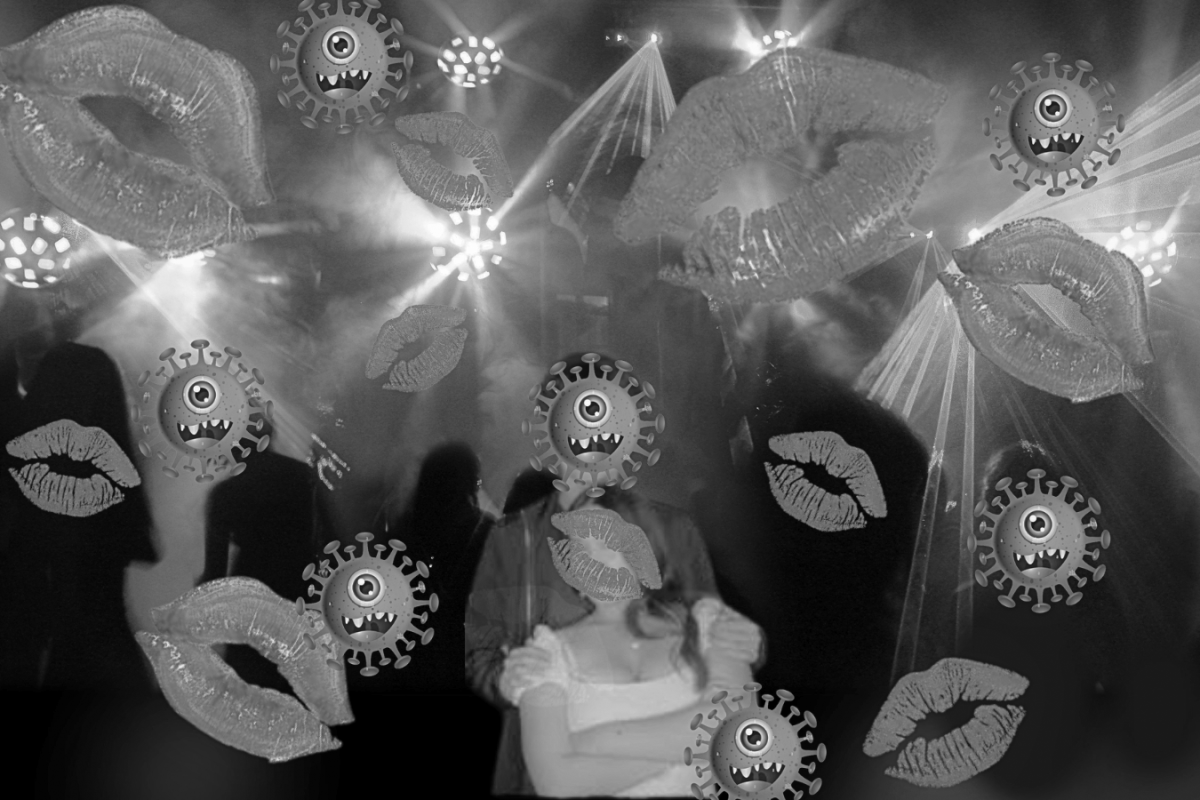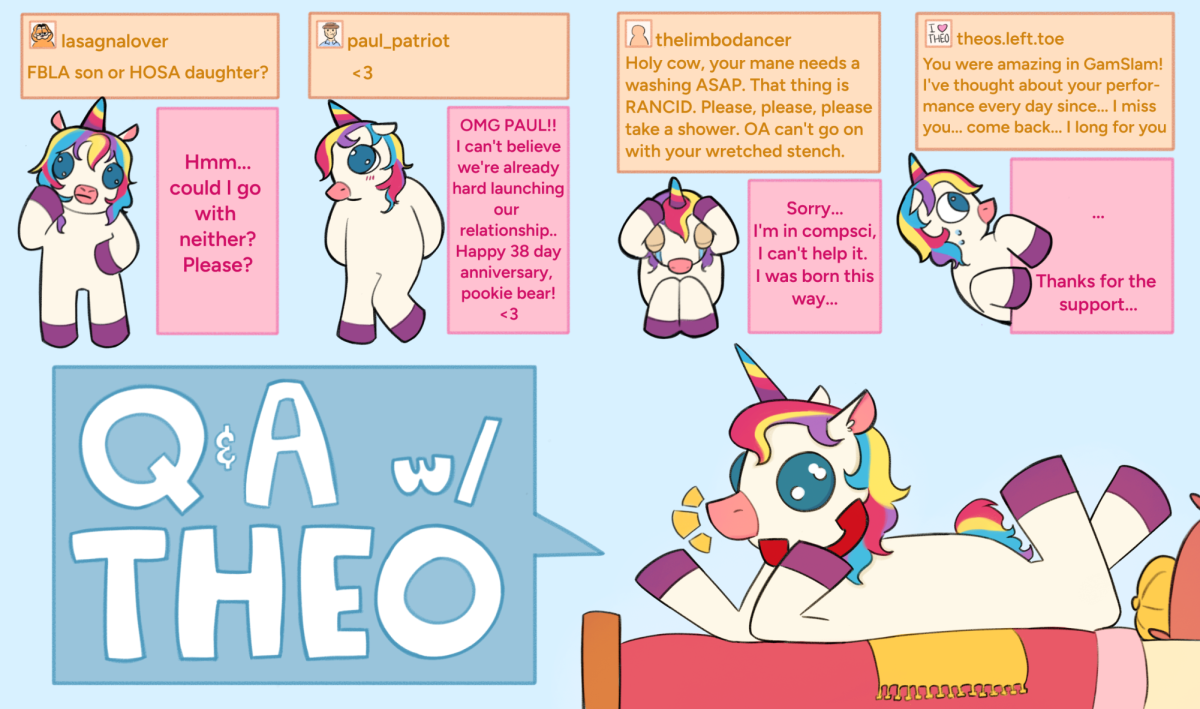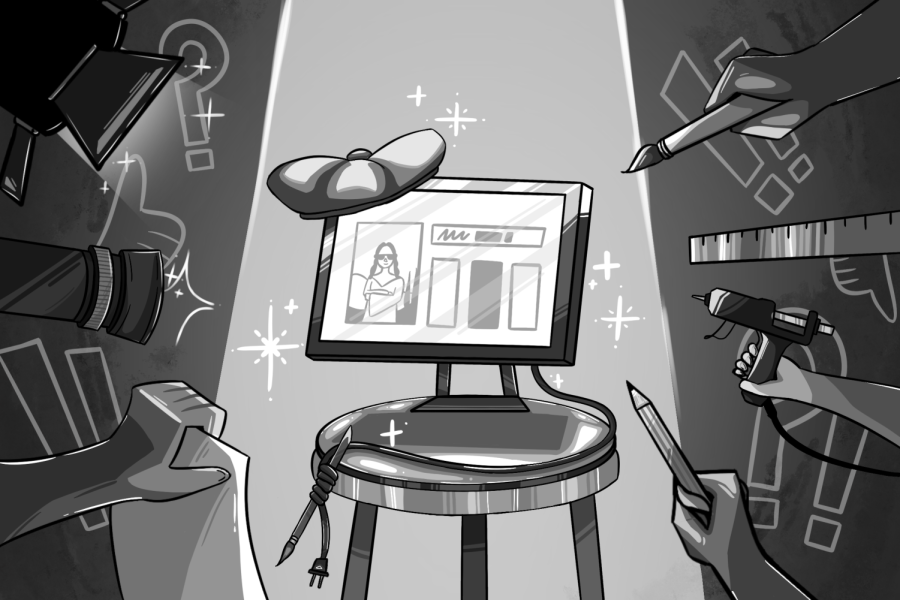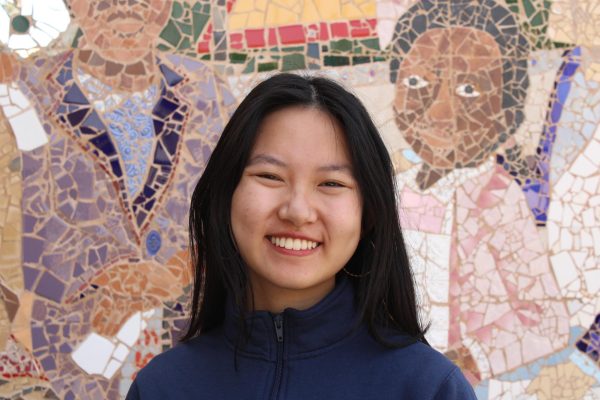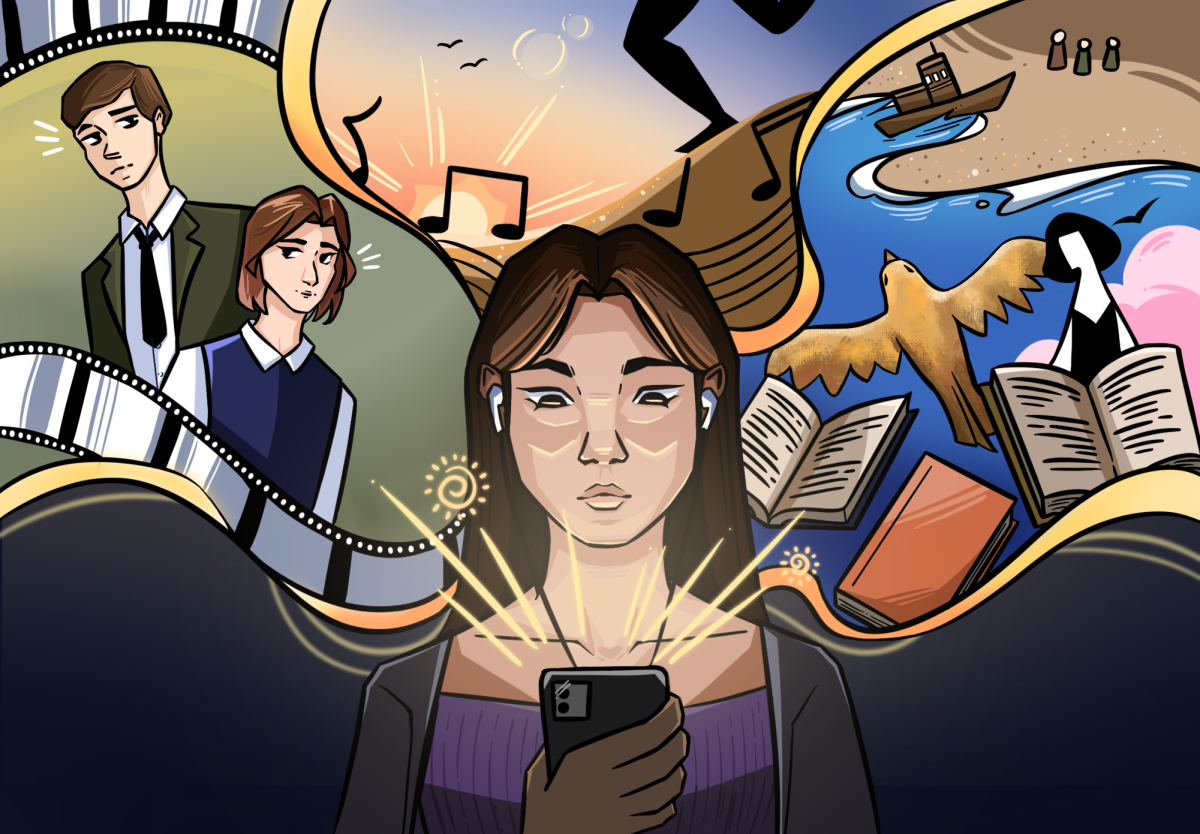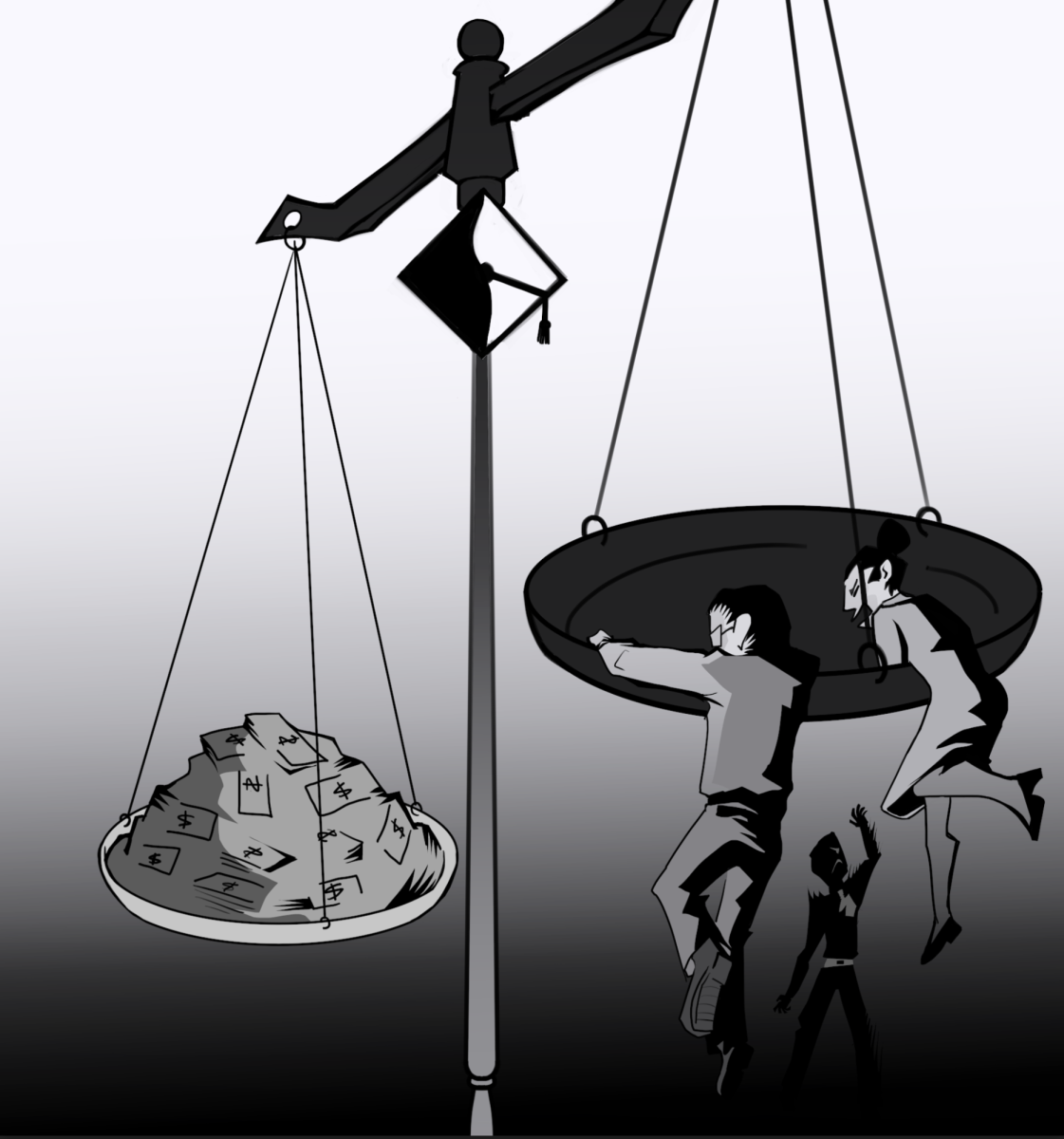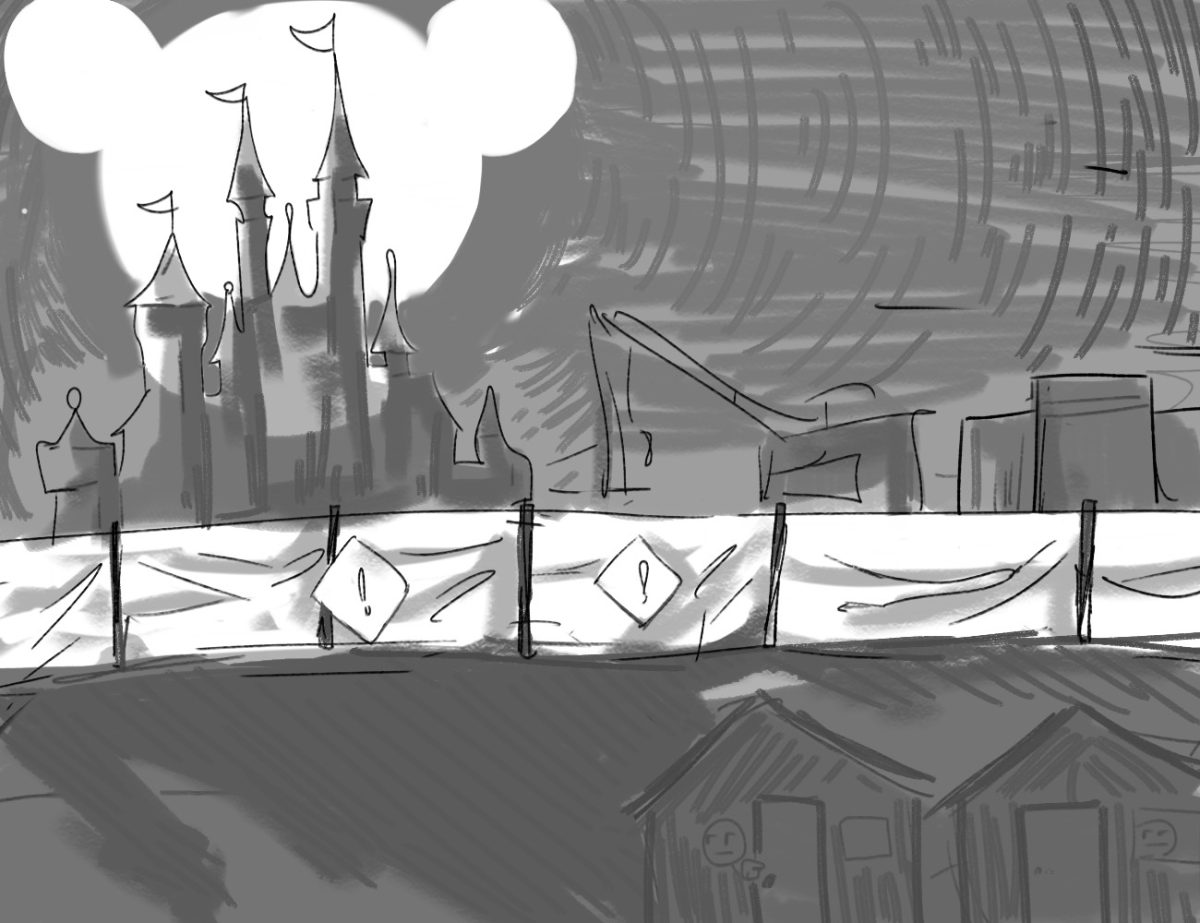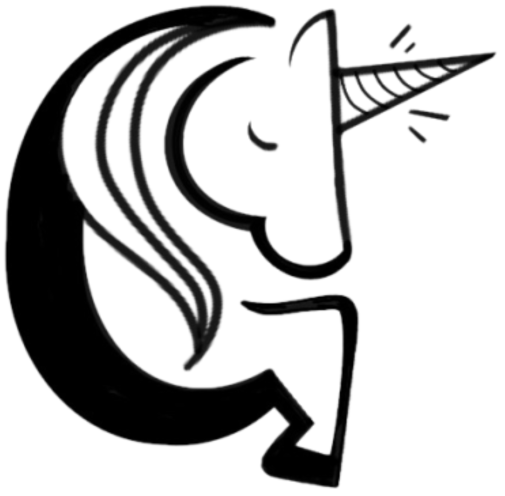The winning piece in the digital art category at the Colorado State Fair wasn’t artwork created by a typical digital art program. Instead, it was illustrated by Midjourney, an artificial intelligence program that generates images based on text prompts. AI image generators — such as DALL-E 2, MidJourney, and Lensa — create illustrations at the click of a button in response to a user’s text prompt. Despite these generators sparking massive interest from a growing audience, the use of artificial intelligence in creating artwork devalues art overall.
A major problem of art generators lies in their dependence on other artists’ intellectual property. Open-source programs are trained from databases of images from the internet. These databases use public URLs which can include artists’ intellectual property without their consent.
For instance, Polish artist Greg Rutkowski has become a common prompt in the open-source art generator, Stable Diffusion. His distinctive fantastical style, expansive portfolio, and use of alternative text to describe his paintings allow AI to easily copy his art. According to the website Lexica, Rutkowksi’s name has been used as a prompt over 93,000 times. After this alarming discovery, Rutkowski has publicly expressed disapproval of art generators and has stopped posting on ArtStation, a platform for sharing art.
Through commodifying an artist’s style into mass production, AI art generators devalue art and leave artists uncompensated and unaware of their exploitation. Where commissioning artists requires time and substantial payment, inputting various prompts into an AI generator is instant and inexpensive. As a result, competition ensues as potential clients may turn to artificial intelligence over artists. The more work an artist produces, the more opportunities for AI to learn from that art, setting an alarming precedent for artists’ success.
The difference between AI learning from an artist’s style and humans taking inspiration is that computers systematically analyze the different components and incorporate them into an image. Humans lack this picture-perfect ability — when humans take inspiration from an artist, it’s merely that: inspiration. Artists bring their own skills and perspective to the table.
Ultimately, AI art lacks meaning. Artists produce works that represent feelings and perspectives, while AI is limited and unable to truly innovate beyond stolen styles. Despite how visually appealing AI-generated art may be, it lacks the intention present in humans’ works; there is no room for the development of creative content to the degree that human artists have.
The widespread use of artificial intelligence in art signals an unprecedented future for art. Regulations ensuring proper licensing and compensation are necessary to provide the right support and recognition to artists. Artists’ value must be recognized in daily life and not exploited for the sake of training AI generators. Art, by nature, isn’t meant to be commodified.



